 Abraham Lincoln
If given the truth, the people can be depended upon to meet any national crisis...
Abraham Lincoln
If given the truth, the people can be depended upon to meet any national crisis...
 Guildford news...
for Guildford people, brought to you by Guildford reporters - Guildford's own news service
Guildford news...
for Guildford people, brought to you by Guildford reporters - Guildford's own news service
Birdwatcher’s Diary No.283
Published on: 15 Jul, 2023
Updated on: 14 Jul, 2023
By Malcolm Fincham
Moving into July, the weather had become less settled in southern counties of the UK.
Having escaped any rainfall for the most part of June, Atlantic westerlies were now attempting to dominate. And southerly plumes of equatorial warmth were now starting to lose out to low pressure systems from the west.
However, there were plenty of days with dry sunny periods to get out and about on my ventures – mostly continuing the theme of looking out for newly emerging butterflies around Surrey.
At Sheepleas, near East Horsley it was once again that time of the year to return to my favoured wych elm tree in attempt to get my yearly sighting of the elusive white-letter hairstreak butterfly.
Elm trees are its sole food plant. The species, as well as being elusive, has suffered as a result of Dutch Elm Disease since the 1970s, especially in southern regions of the British Isles. Fortunately, wych elms seem to be a little more tolerant to the disease.
Having made several unsuccessful visits during the last days of June, I was finally able to add it to my year’s’ sightings on July 1, while in the company of Bob and Dougal,
Although some patience was required, eventually we spied a few buzzing about the top of the tree, even getting a photo of one as it perched on one of the outer leaves.
Also adding while there: a beautiful demoiselle.
Several silver-washed fritillaries.
As well as several dark-green fritillaries.
And a southern hawker dragonfly.
July 2, On my local heathland of Whitmoor Common, Dartford warblers continued to be in reasonable numbers to the ‘keen-eyed’ observer.
While linnets continued sustain in their quantity.
And stonechats perched up, giving good photo opportunities.
I also added another species of grasshopper to this year’s sightings. This one I believe to be a meadow grasshopper.
The most unusual sighting of the day came after being alerted to the sound of aircraft overhead coming from the direction of the railway line.
Obscured at first beyond the tree-line of silver birch, but eventually showing themselves as a ‘flock’ of Red Arrows. Indeed a rare sighting on the heathland!
On July 6, at Britten’s Pond, another species of hairstreak was notably starting to emerge. Although more widespread than the white-letter, the purple hairstreak is another small butterfly that appears usually during the first weeks of July.
Seldom noticed unless knowing when and where to look, these butterflies are reliant on oak woodland, where they spend most of their time perched on its higher leaves of oak trees.
Occasionally the males can be viewed, buzzing around ‘dogfighting’ among the higher branches.
From time to time, however, with some patience and much luck, one may come to the ground for just long enough to photograph.
Attempting to fool me, unsuccessfully, were also several holly blue butterflies that buzzed around the trees, close to the car park. Often coming down to rest on the surrounding brambles.
Doing my utmost not to disturb the friendly anglers I passed the time of day with as I walked the circuit of the pond, I couldn’t help but be impressed by the enormous fish one of them was catching.
As a young teenager (many moons ago) I recalled how proud I was was to catch an 8lb carp there. These days the average sizes are so much larger. The largest caught there being about 35lb!
Allowing me to take a few photos, his first, a common carp, weighed in at 27lb.
While another, of the four he caught that day, a linear carp, (getting its name from the line of scales down its lateral line) weighed in at 20lb.
In true angler fashion, however, he wouldn’t divulge as to what bait he was using!
While life continued in the anglers’ world about me, I continued to partake in my own, catching a photo of what was possibly my first silver-washed fritillary butterfly at that location.
Also adding what was to be only my second small tortoiseshell butterfly of this year.
Having seen more small coppers in the previous weeks than I had seen in total last year, another photo couldn’t be resisted.
It seemed what I had previously suspected that it was going to be a poor year for butterflies was premature, as many now seemed to be about me.
Also adding another comma butterfly, freshly out on the wing.
While at the same time as listening to a chiffchaff in song.
I was also able to photograph of one of the pair of grey wagtails flitting back and forth from the islands on the pond.
On July 9, Dougal and I visited Pewley Down and witnessed the first few chalkhill blue butterflies now coming out on the wing.
Also adding my first few photos of numerous gatekeeper butterflies now in flight about the downland.
Counting well over a dozen species there, I was also able to add and photograph a few favourites…
Marbled whites continued be on the wing, although now coming to the end of their reign.
Seeing both the darker-looking males.
As well as several females.
A brown argus.
A few common blue butterflies.
Brimstone butterflies had begun to make a bit of a resurgence.
Also, and judging by its black antenna-tips and its colouration, what looked to be a good candidate for an Essex skipper butterfly.
As well as several of the similar looking small skippers.
And even a painted lady butterfly to add to the day’s species list.
A few daytime-flying moths also added to my interest. Including several of what are probably the most common migratory species, that visits the UK, the silver-y-moth.
Bird-wise, apart from the odd distant skylark singing, we did a transect along the sloping grassland and with a few swifts overhead, the only notable additions were birds of prey.
During our hour or so visit, a kestrel spent much of the time hunting, as it hovered above us.
A red kite glided through.
And a common buzzard flew, often circling the valley below us.
Around the local countryside buddliea bushes were now starting to blossom, and attracting a variety of butterflies and insects to them for their pollen. In my own garden, as well as a variety of butterflies, I noticed what has become an annual visit of a hornet hover-fly, diligently feeding on the individual tubular lobes of flower.
By the second week of July, a few species of waders were already being reported making their return journeys from more northerly breeding grounds.
At Tice’s Meadow near Farnham on July 8, several of both green and common sandpipers were reported, as well as ringed plovers.
Also seen, was a great white egret and several little egrets.
At the Riverside Nature Reserve near Burpham, while viewing across the now dry ‘flooded scrape’ by Stoke Lock, on July 10, a little egret could be viewed.
On the nearby Stoke Lake, a great crested grebe could be viewed feeding its young.
The two youngsters now looking far too big to hitch a ride on their parents back!
Humbug-like in their plumage, they still staying close to their parents, still vocal in their demands, and whole heartedly excepting any fish their parents caught.
Over the lake a sparrowhawk circled.
While the now commonly sighted red kites and common buzzards continued to be regularly seen across the river near the Slyfield recycling centre.
Responses to Birdwatcher’s Diary No.283
Leave a Comment Cancel replyPlease see our comments policy. All comments are moderated and may take time to appear.
Recent Articles
- Guildford Institute’s Crowdfunding Project for Accessible Toilet in its New Community and Wellbeing Centre
- Letter: Guildford – Another Opportunity Missed?
- Letter: GBC’s Corporate Strategy – Where Is the Ambition?
- My Memories of John Mayall at a Ground-breaking Gig in Guildford Nearly Six Decades Ago
- Westborough HMO Plans ‘Losing the Heart of the Street’ Says Resident
- College Invests to Boost Surrey’s Economy and Close Digital Skills Gap
- Community Lottery Brings Big Wins for Local Charities
- GBC Housing Plan Promises ‘A Vibrant Urban Neighbourhood’ Near Town Centre
- Hospital Pillows ‘Shortage’ at the Royal Surrey
- Updated: Caravans Set Up Camp at Ash Manor School


Recent Comments
- Ian Macpherson on Updated: Main Guildford to Godalming Road Closed Until August 1
- Sara Tokunaga on GBC Housing Plan Promises ‘A Vibrant Urban Neighbourhood’ Near Town Centre
- Michael Courtnage on Daily Mail Online Reports Guildford Has Highest-paid Council Officer
- Alan Judge on GBC Housing Plan Promises ‘A Vibrant Urban Neighbourhood’ Near Town Centre
- John Perkins on GBC Housing Plan Promises ‘A Vibrant Urban Neighbourhood’ Near Town Centre
- S Collins on GBC Housing Plan Promises ‘A Vibrant Urban Neighbourhood’ Near Town Centre
Search in Site
Media Gallery
Dragon Interview: Local Artist Leaves Her Mark At One of England’s Most Historic Buildings
January 21, 2023 / No Comment / Read MoreDragon Interview: Lib Dem Planning Chair: ‘Current Policy Doesn’t Work for Local People’
January 19, 2023 / No Comment / Read MoreA3 Tunnel in Guildford ‘Necessary’ for New Homes, Says Guildford’s MP
January 10, 2023 / No Comment / Read More‘Madness’ for London Road Scheme to Go Ahead Against ‘Huge Opposition’, Says SCC Leader
January 6, 2023 / No Comment / Read MoreCouncillor’s Son Starts Campaign for More Consultation on North Street Plan
December 30, 2022 / No Comment / Read MoreCounty Council Climbs Down Over London Road Works – Further ‘Engagement’ Period Announced
December 14, 2022 / No Comment / Read MoreDragon Interview: GBC Reaction to the Government’s Expected Decision to Relax Housing Targets
December 7, 2022 / No Comment / Read MoreHow Can Our Town Centre Businesses Recover? Watch the Shop Front Debate
May 18, 2020 / No Comment / Read More



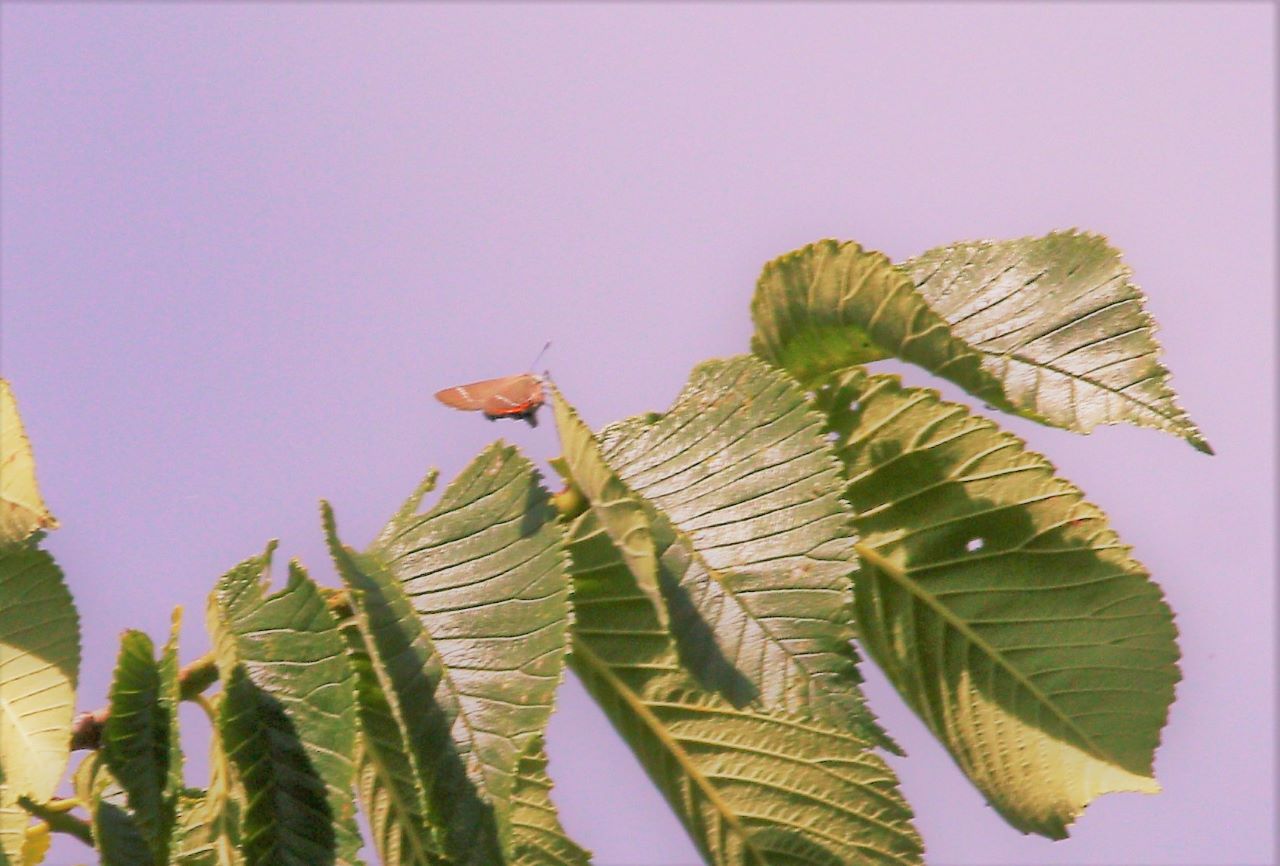
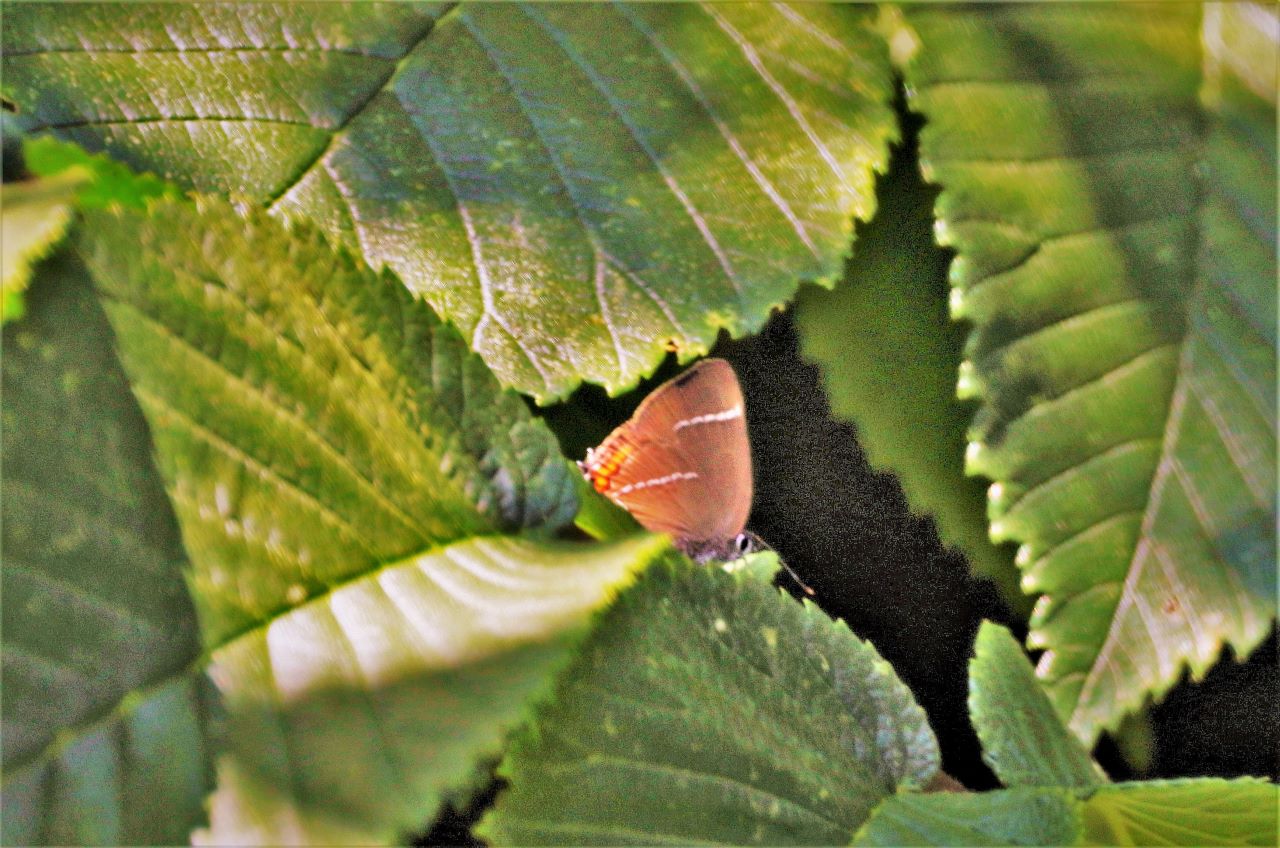
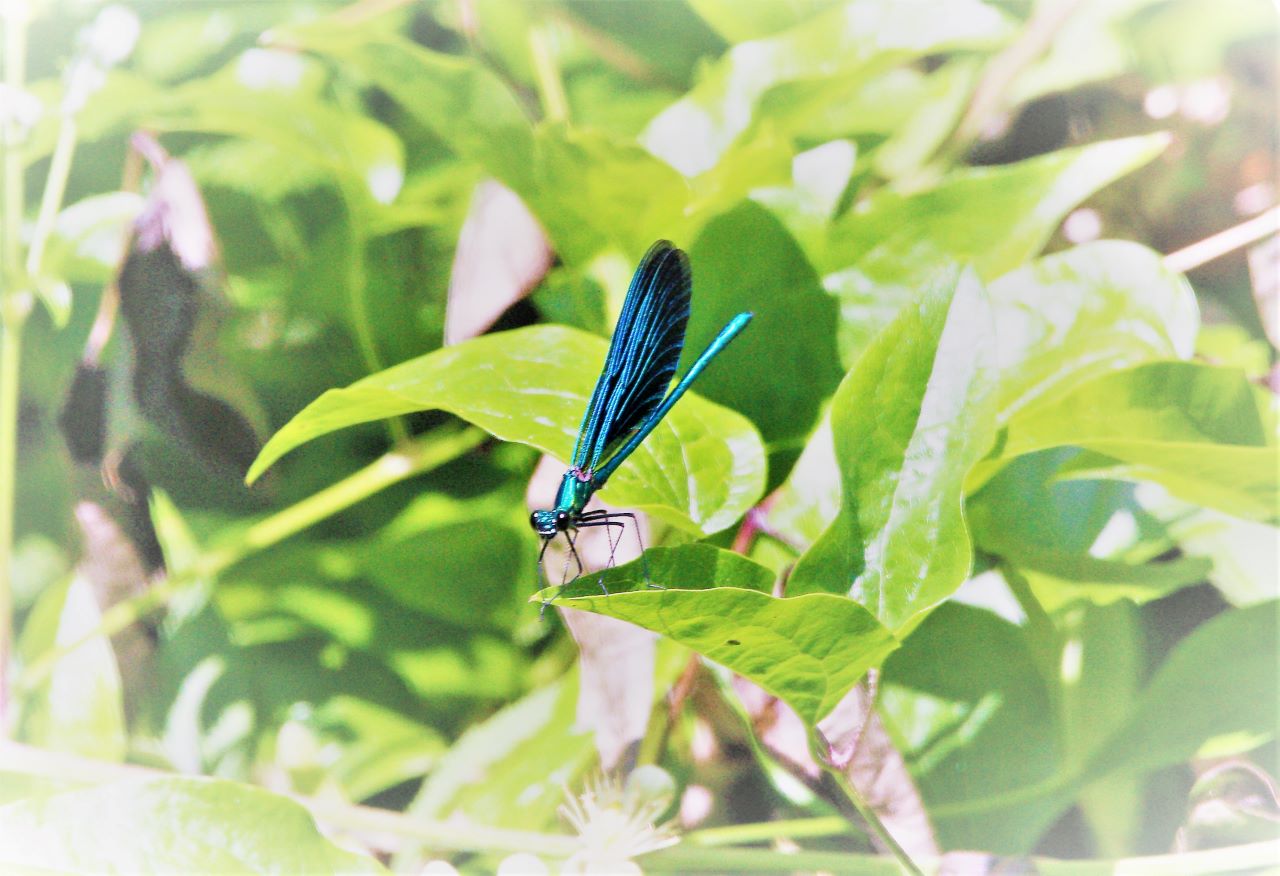
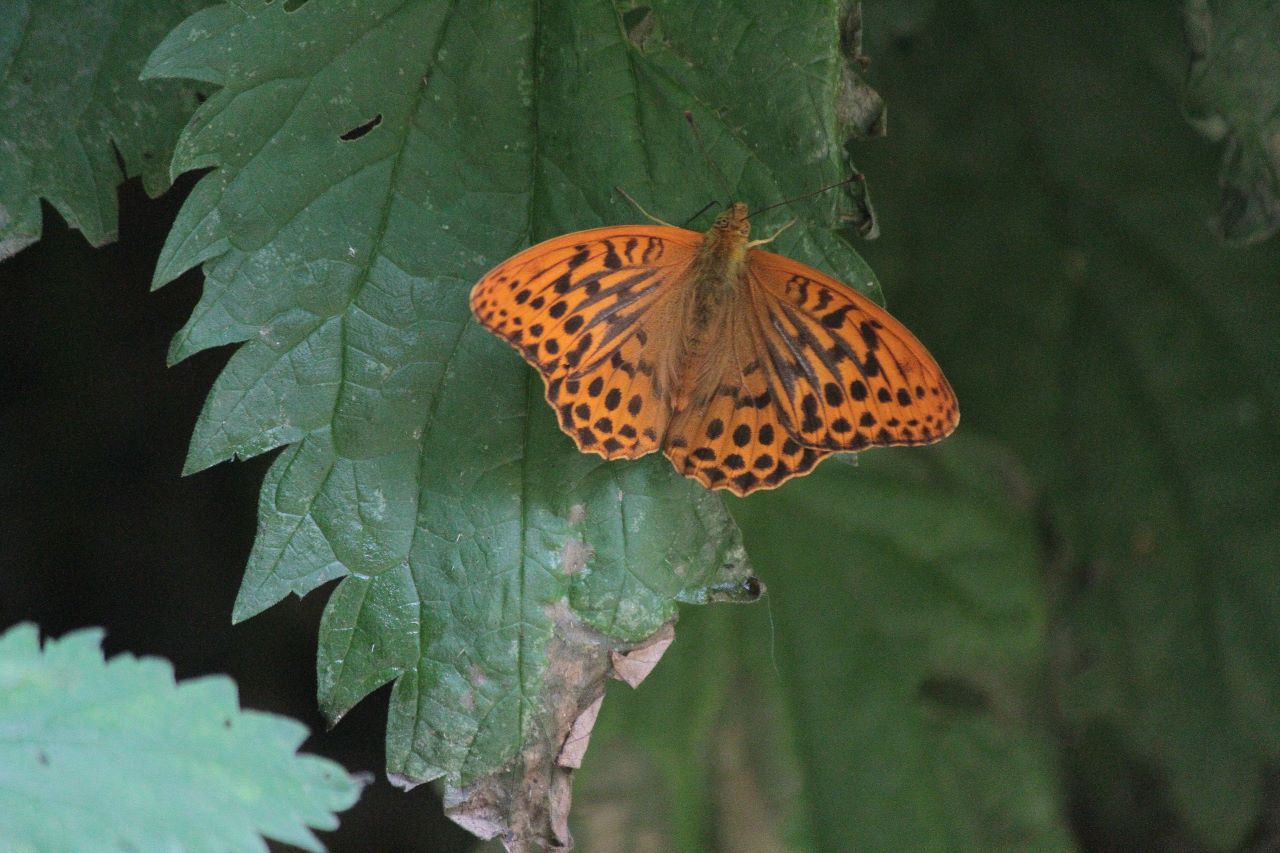
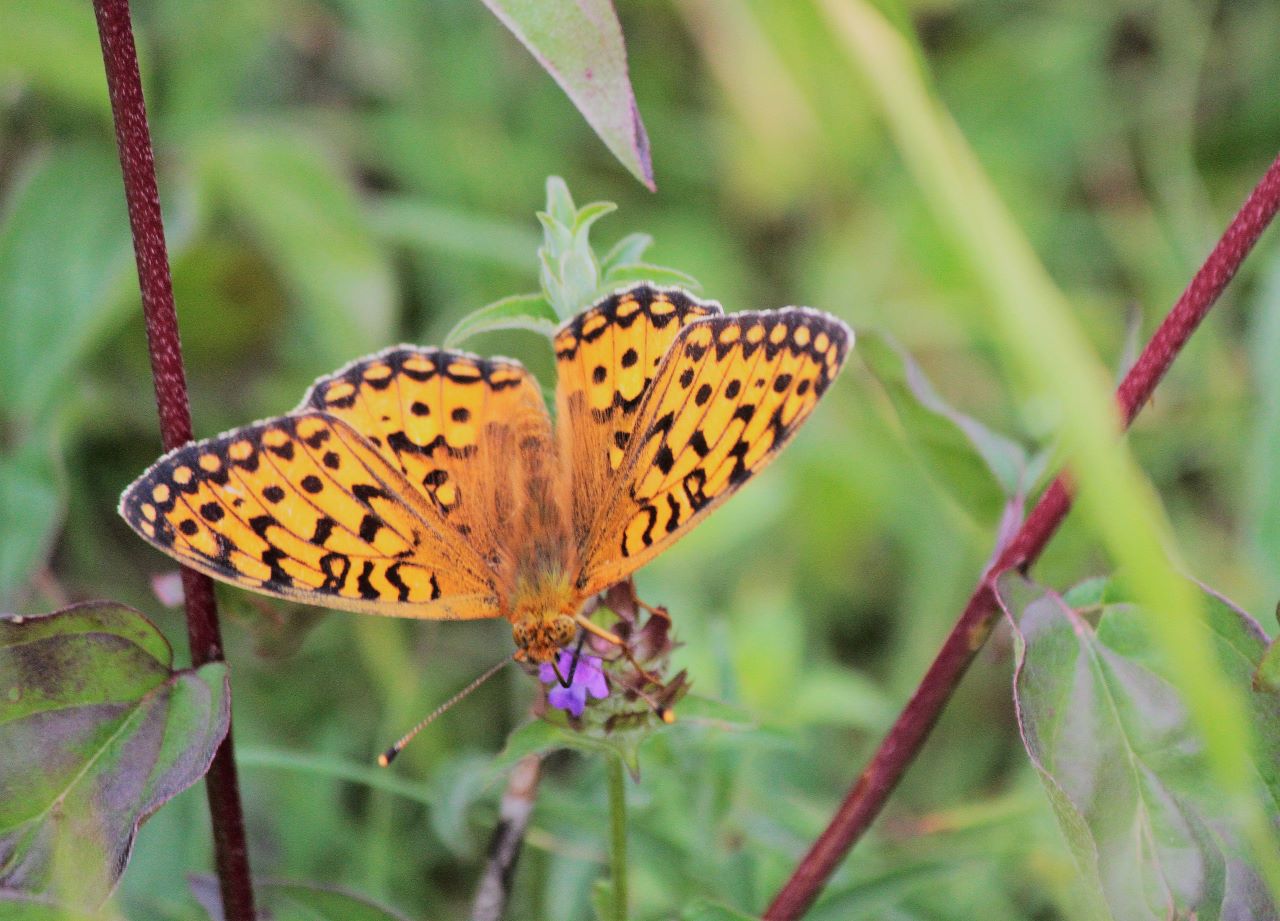
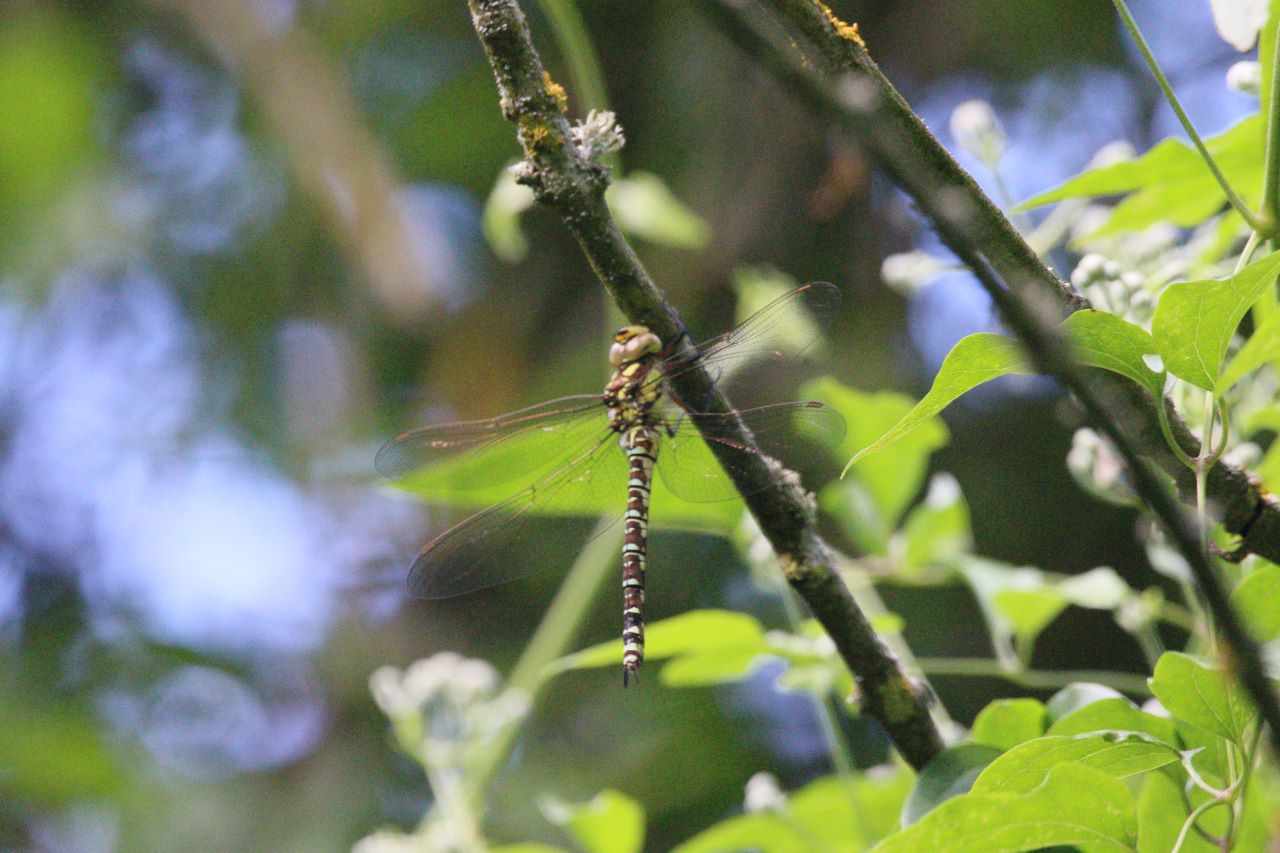
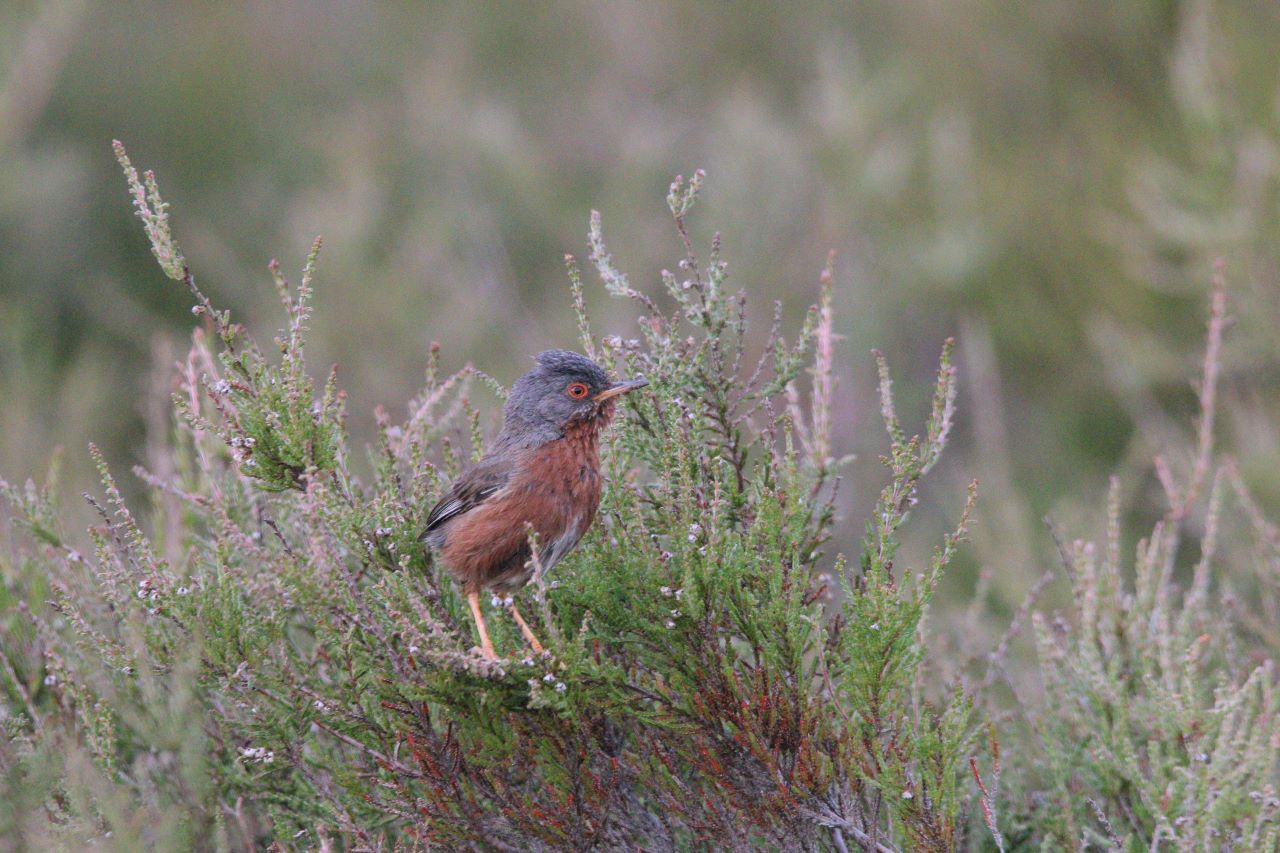
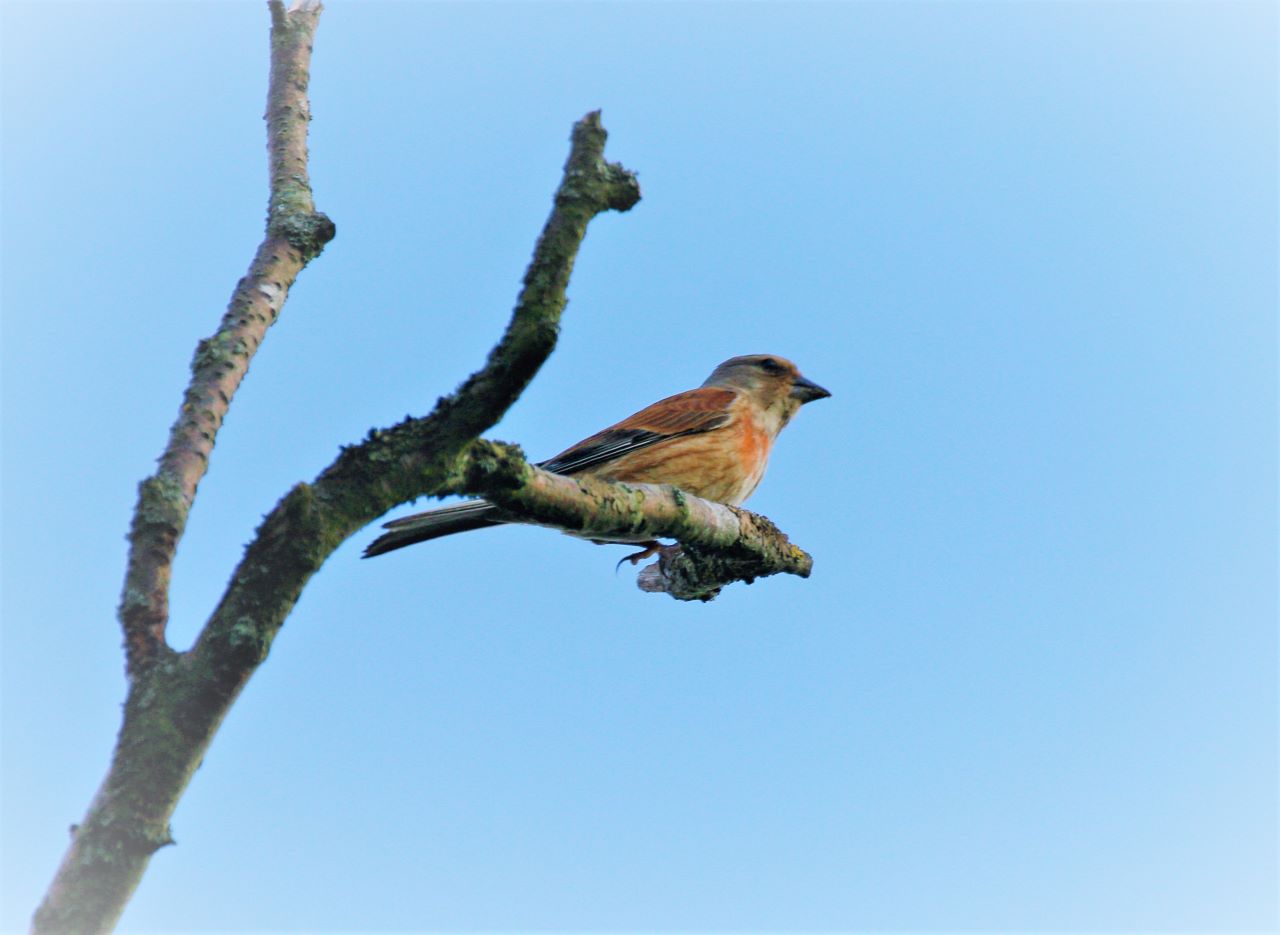
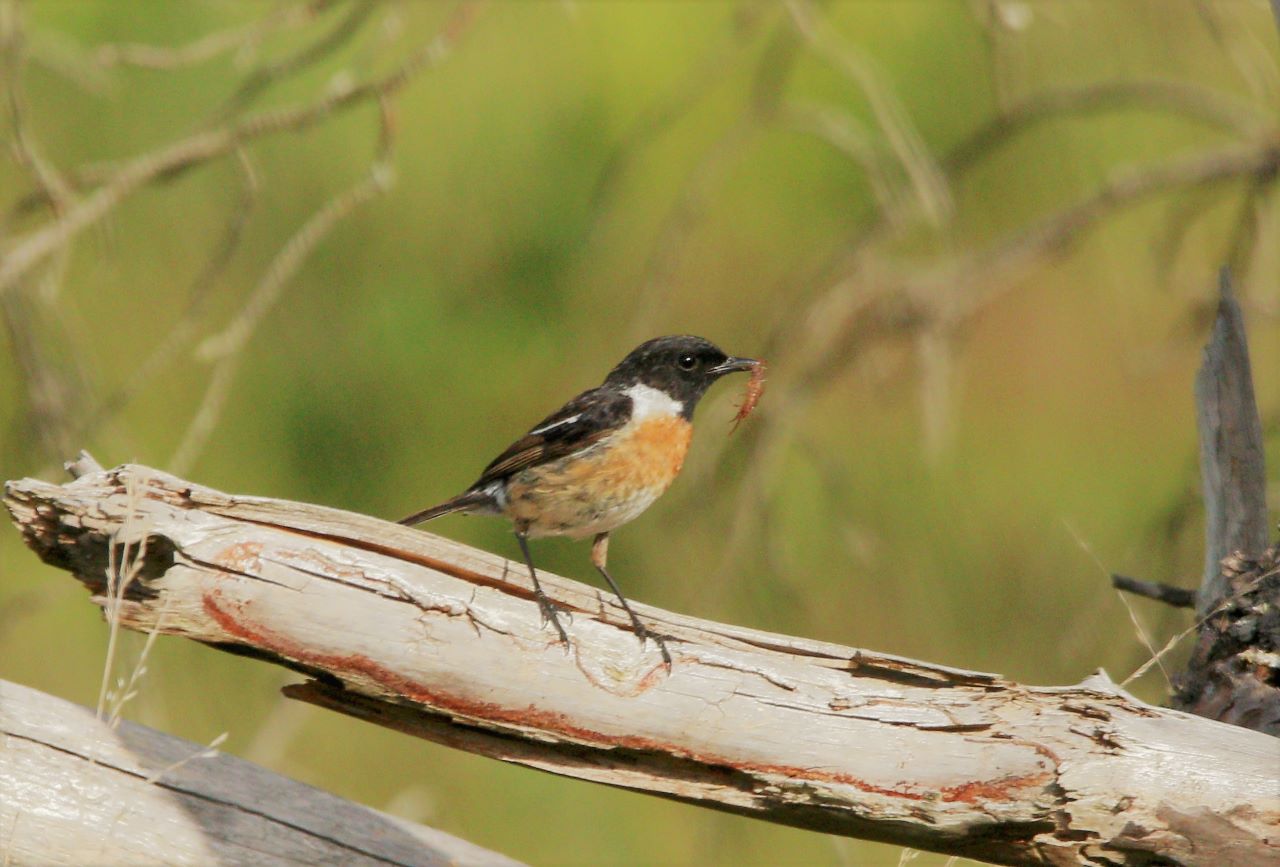
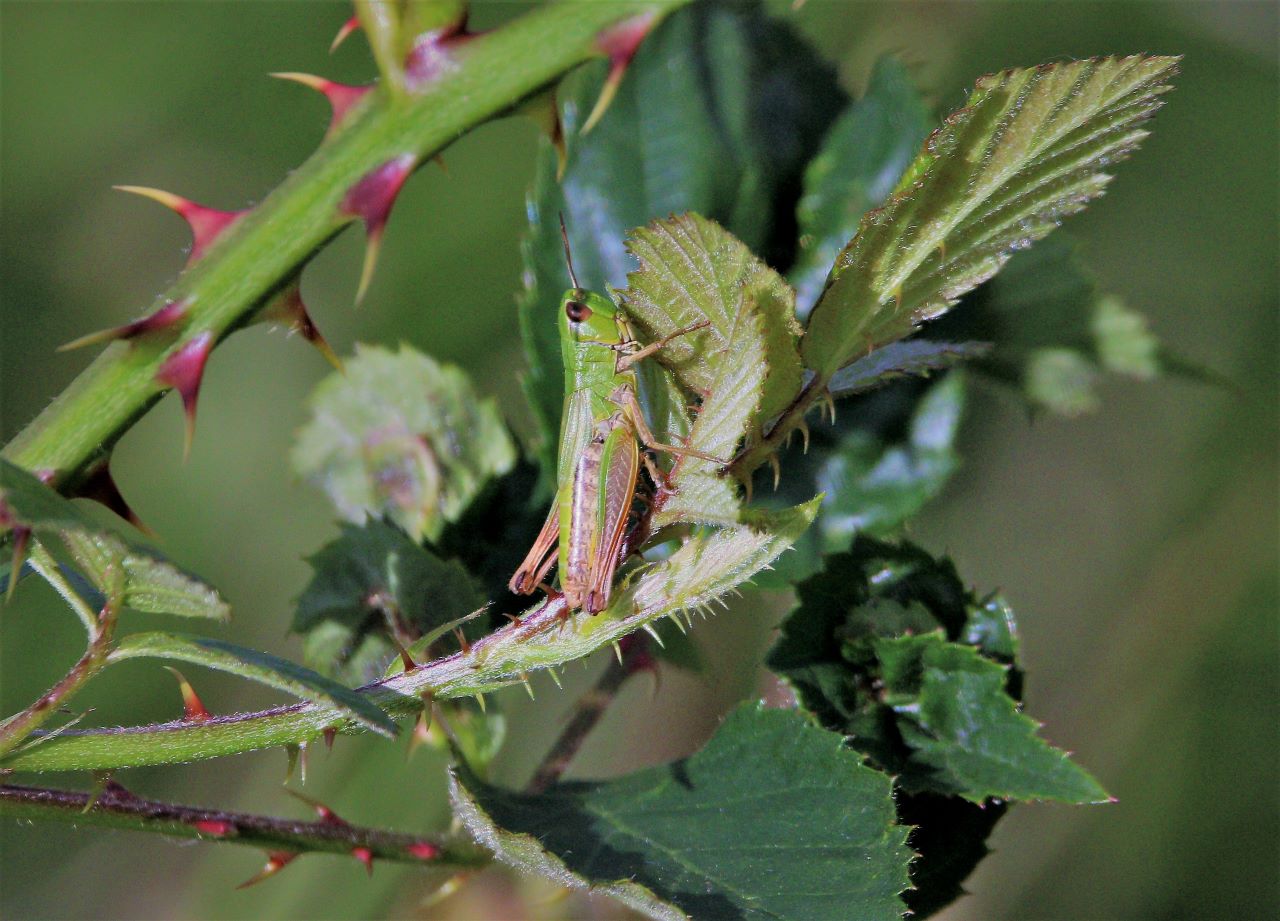
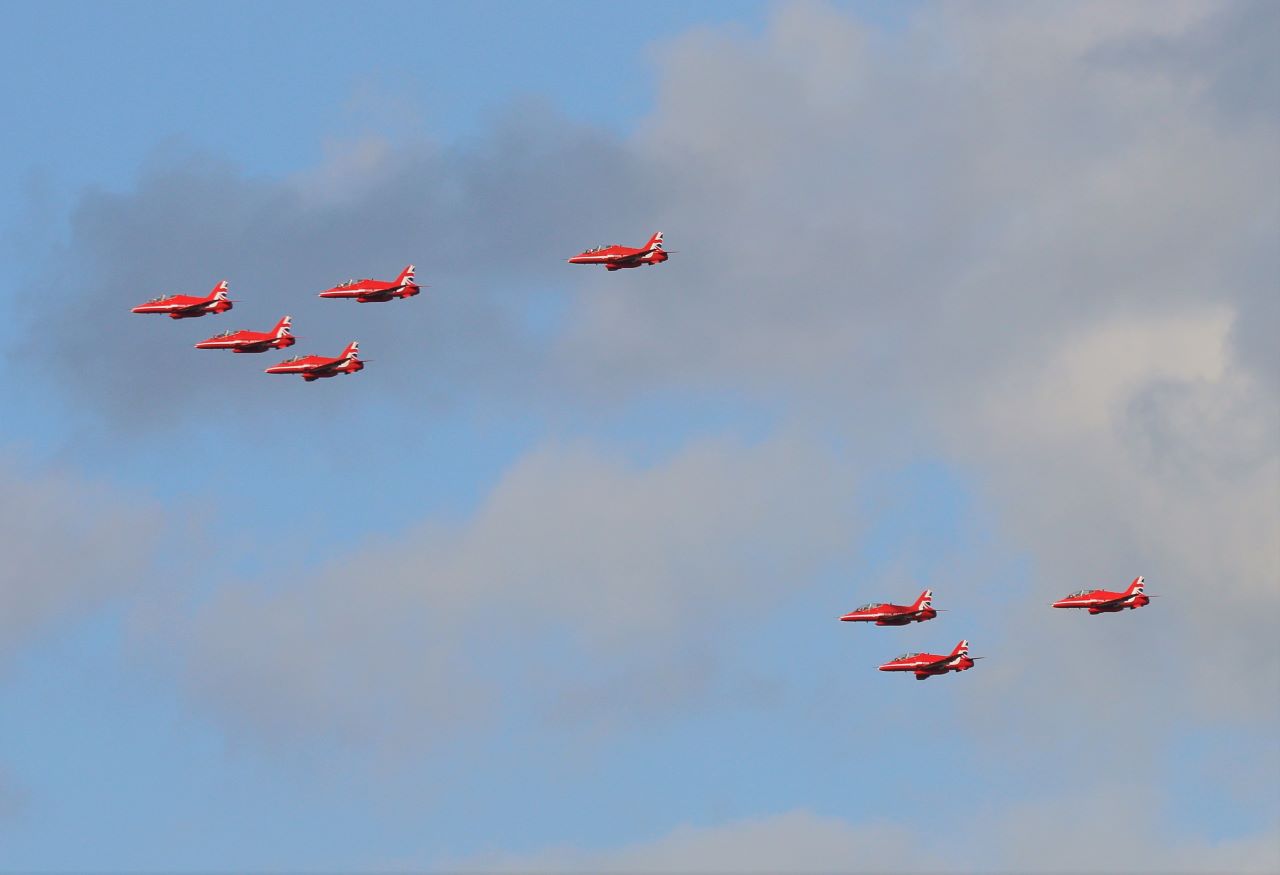
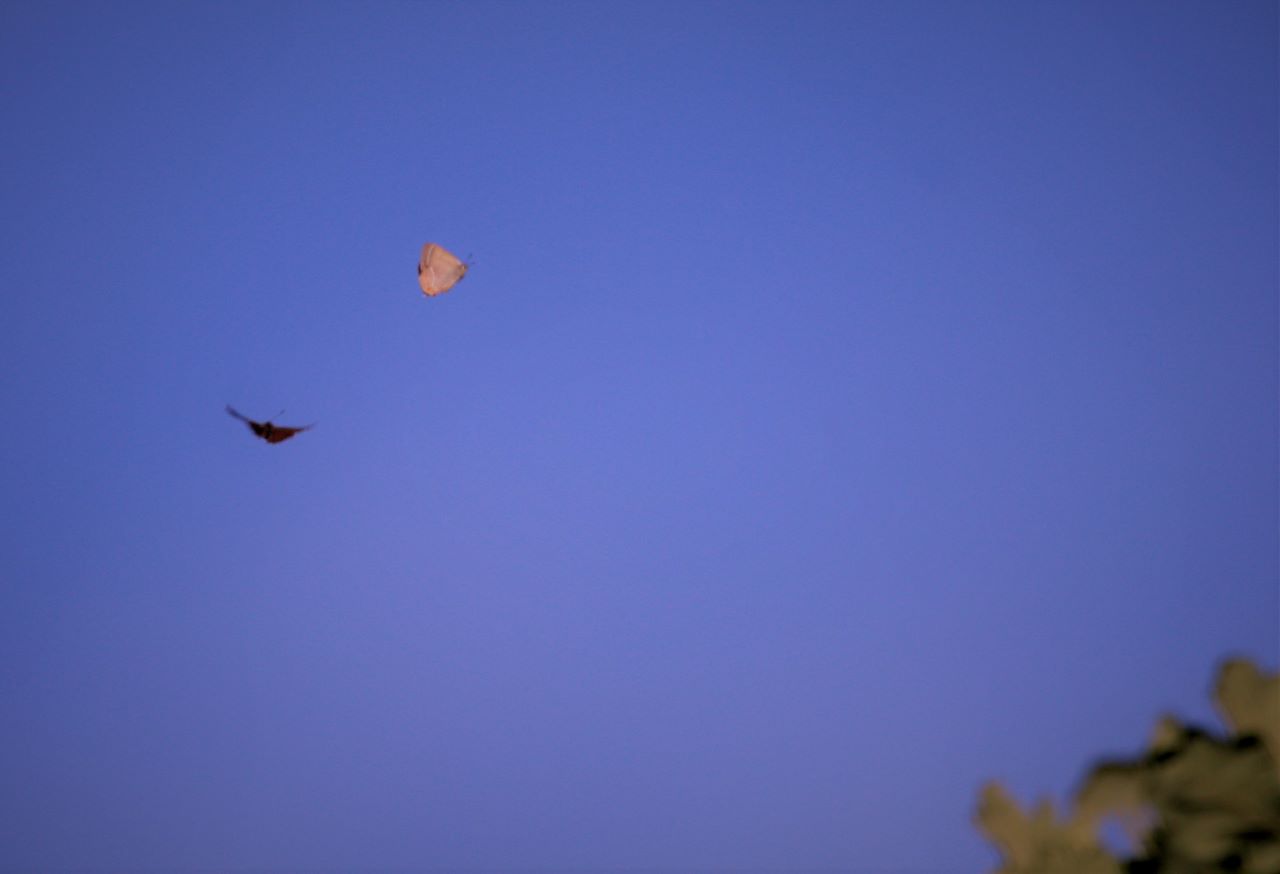
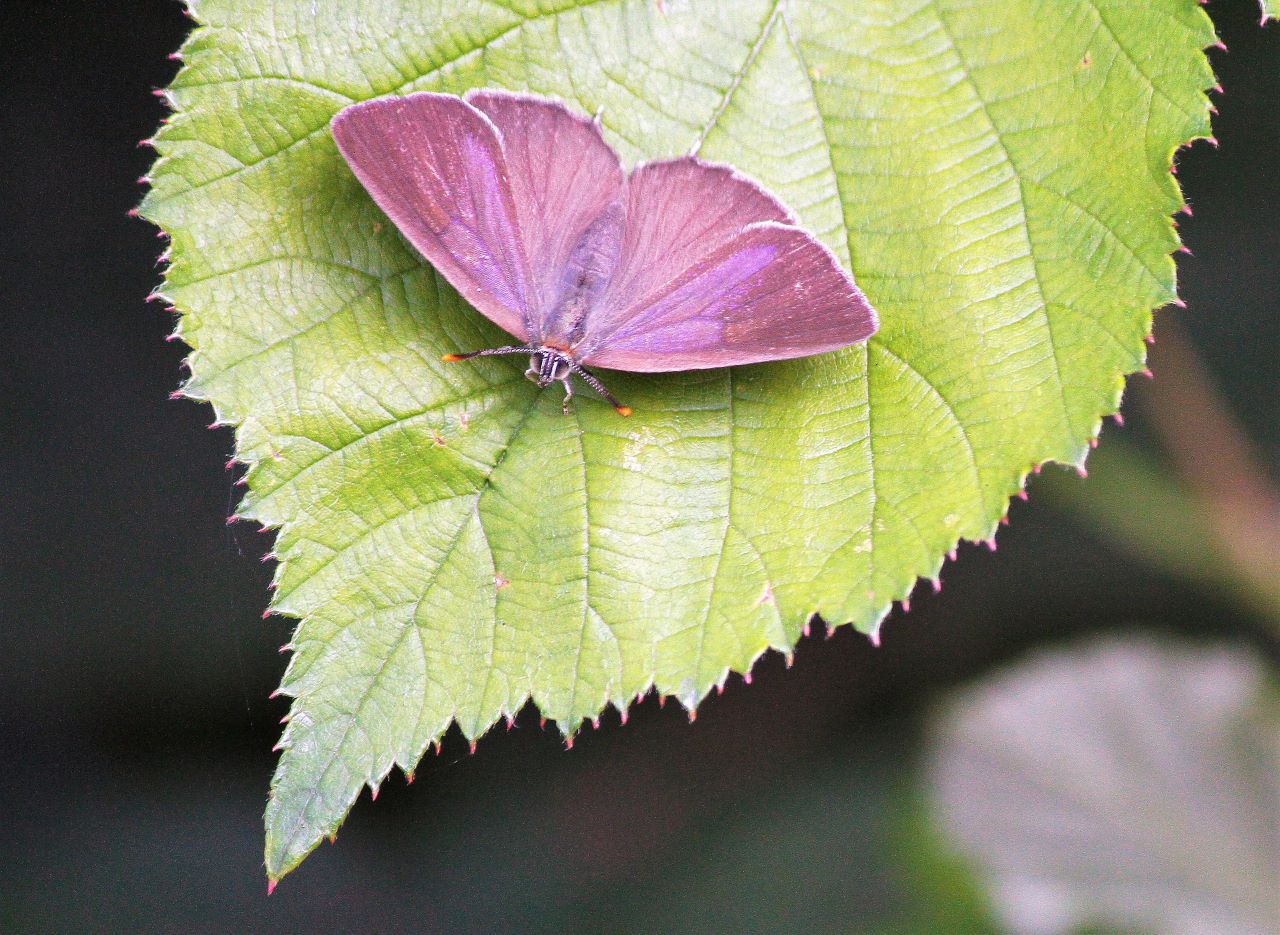
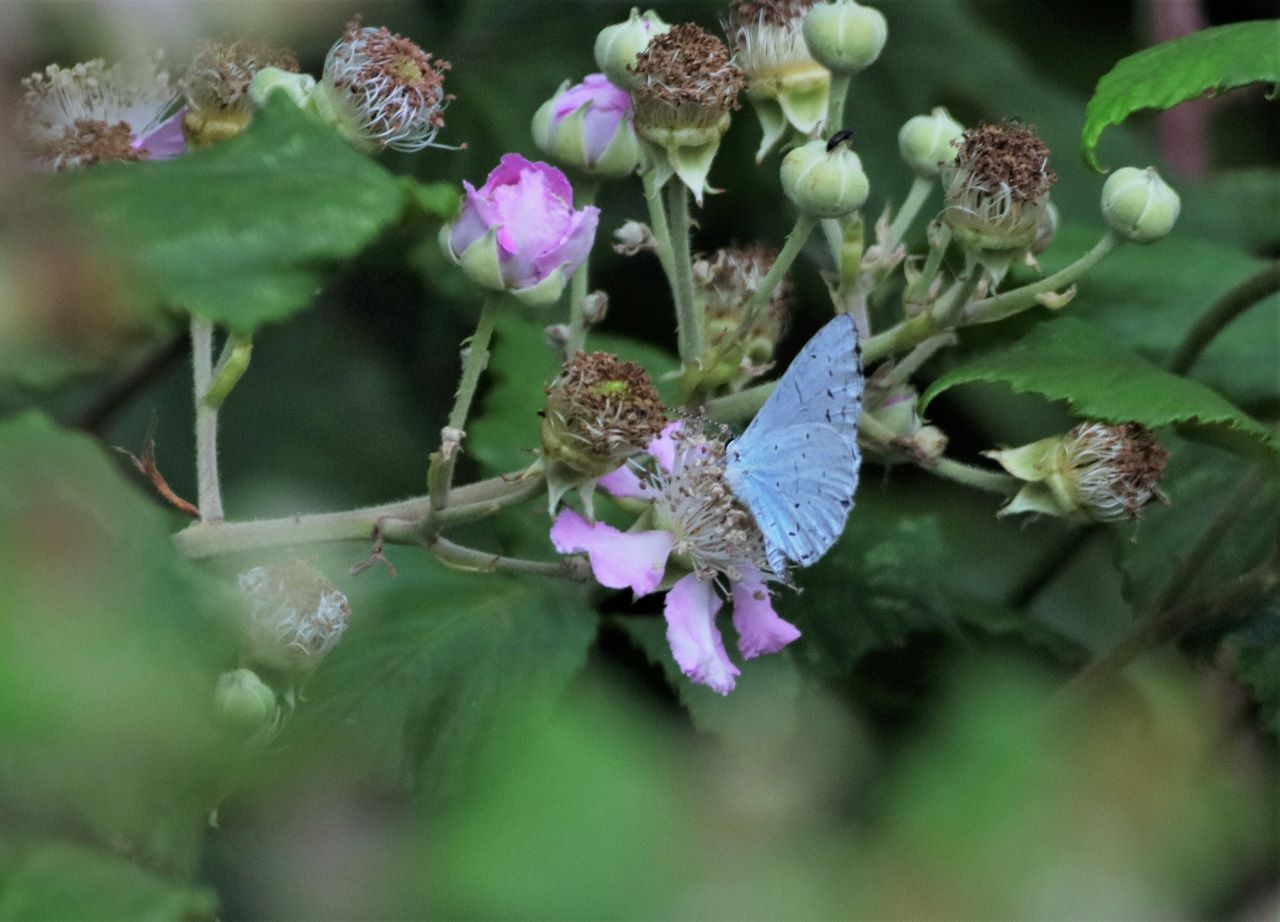

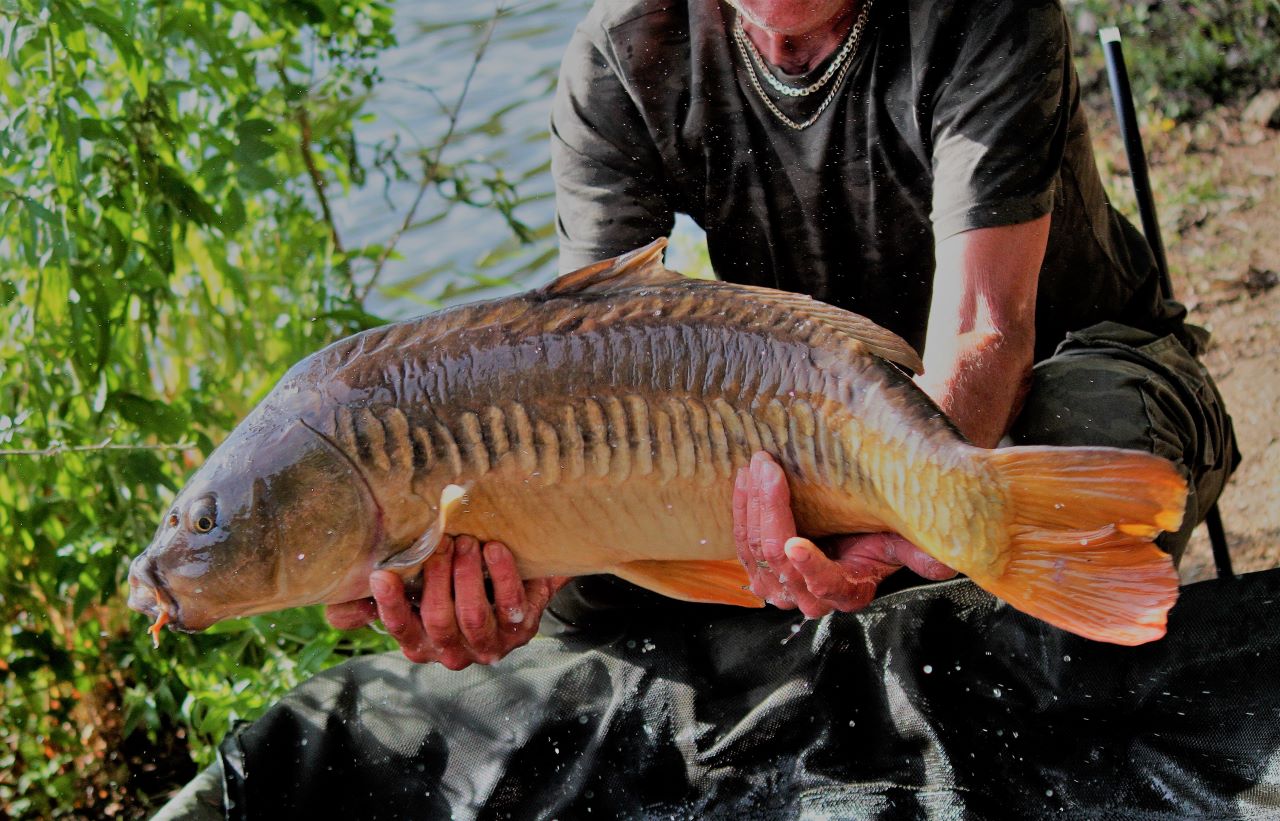

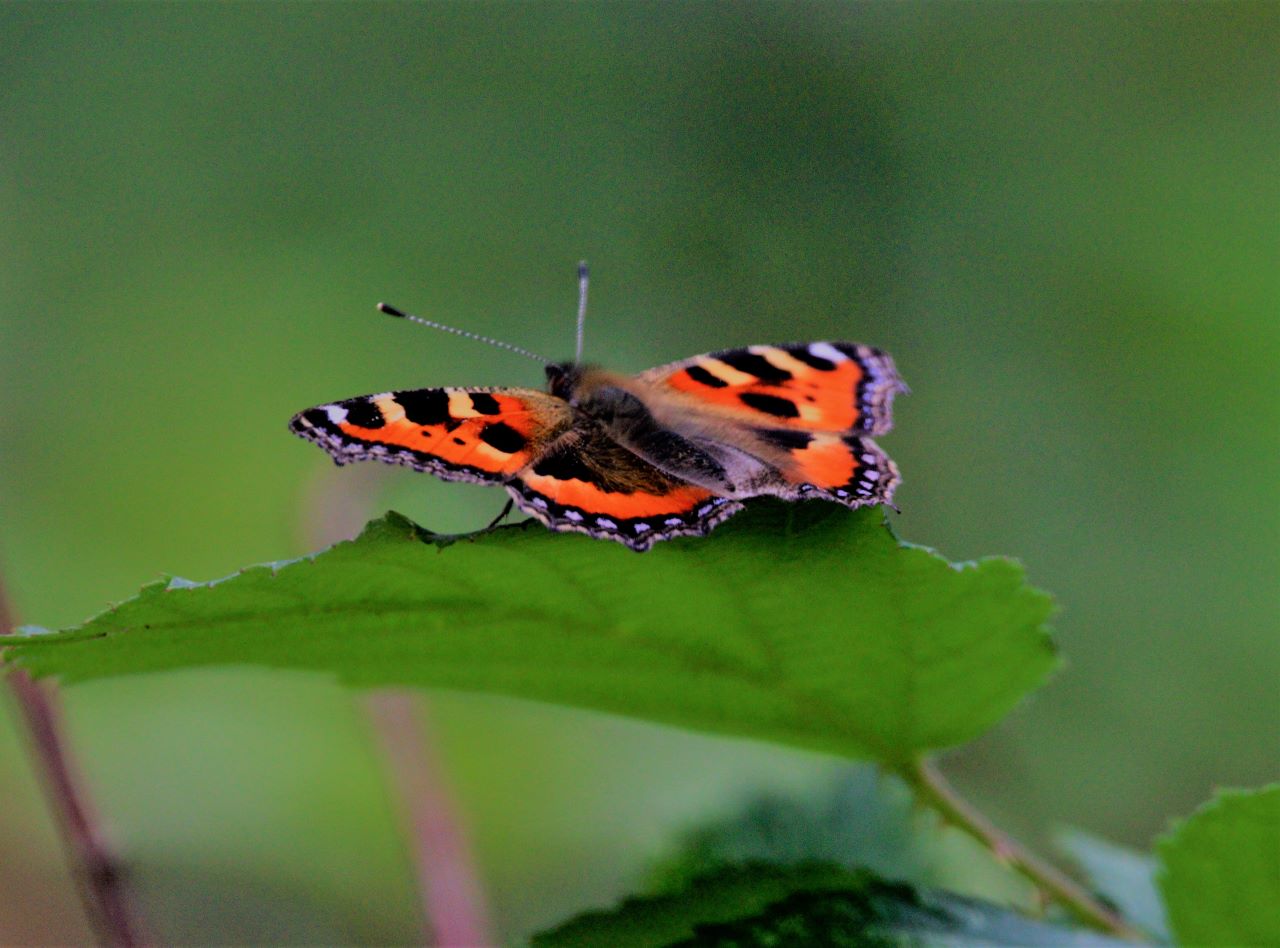
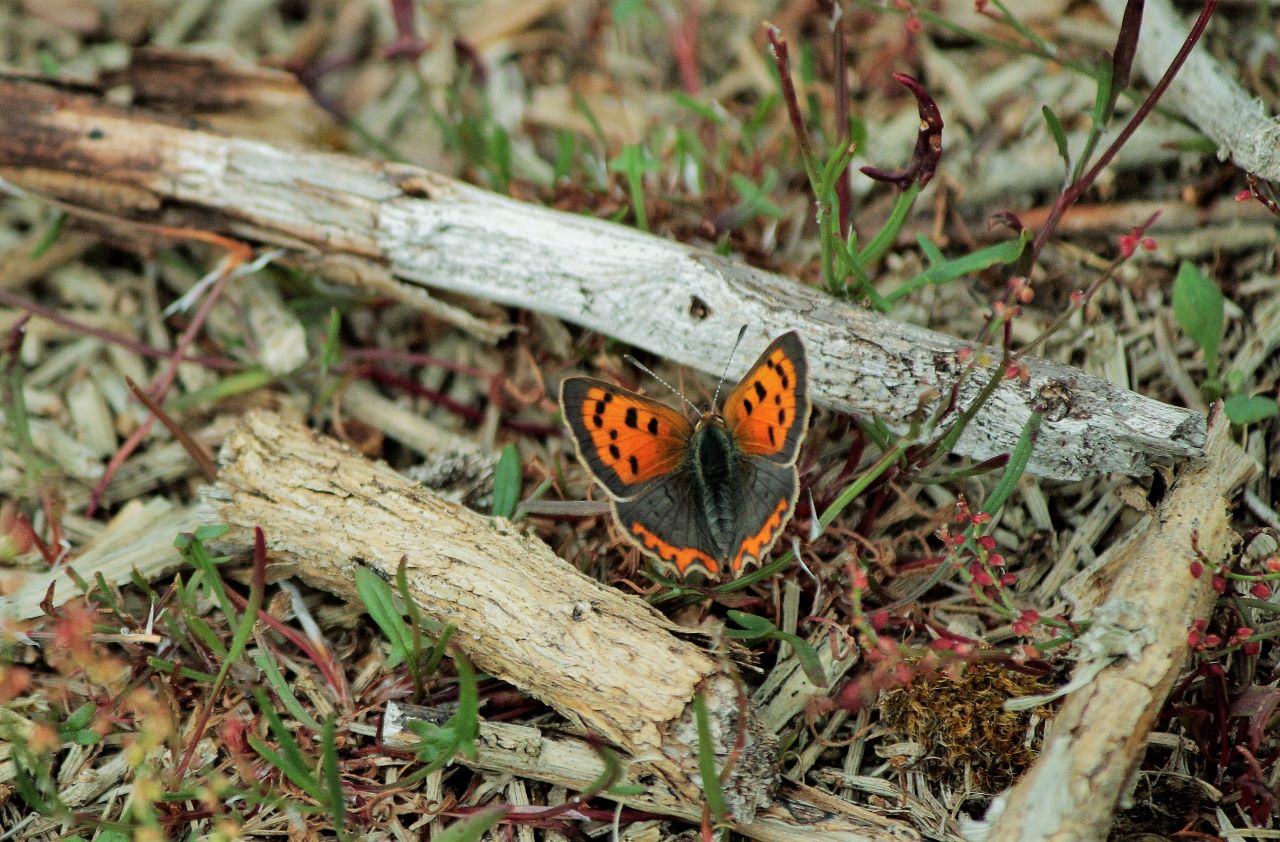
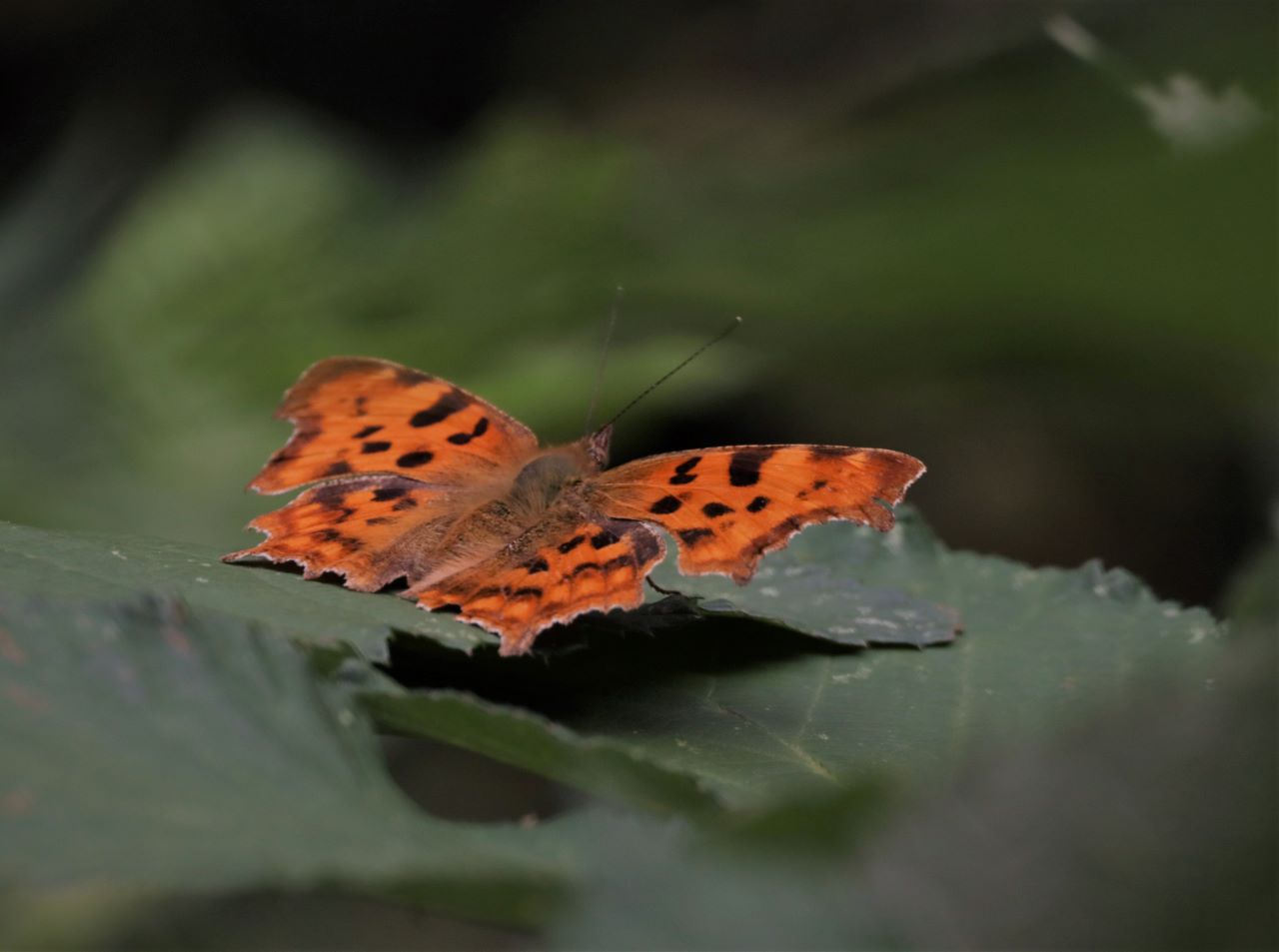

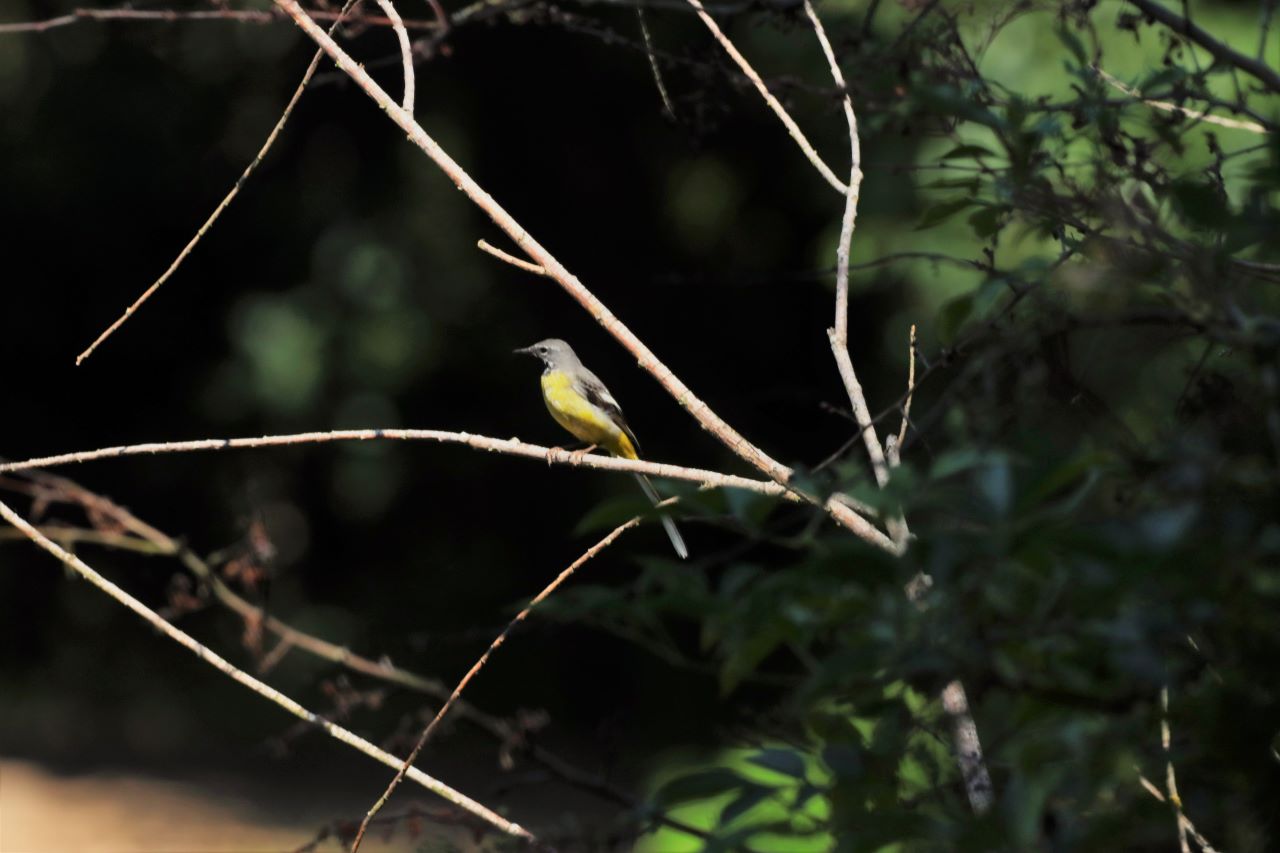
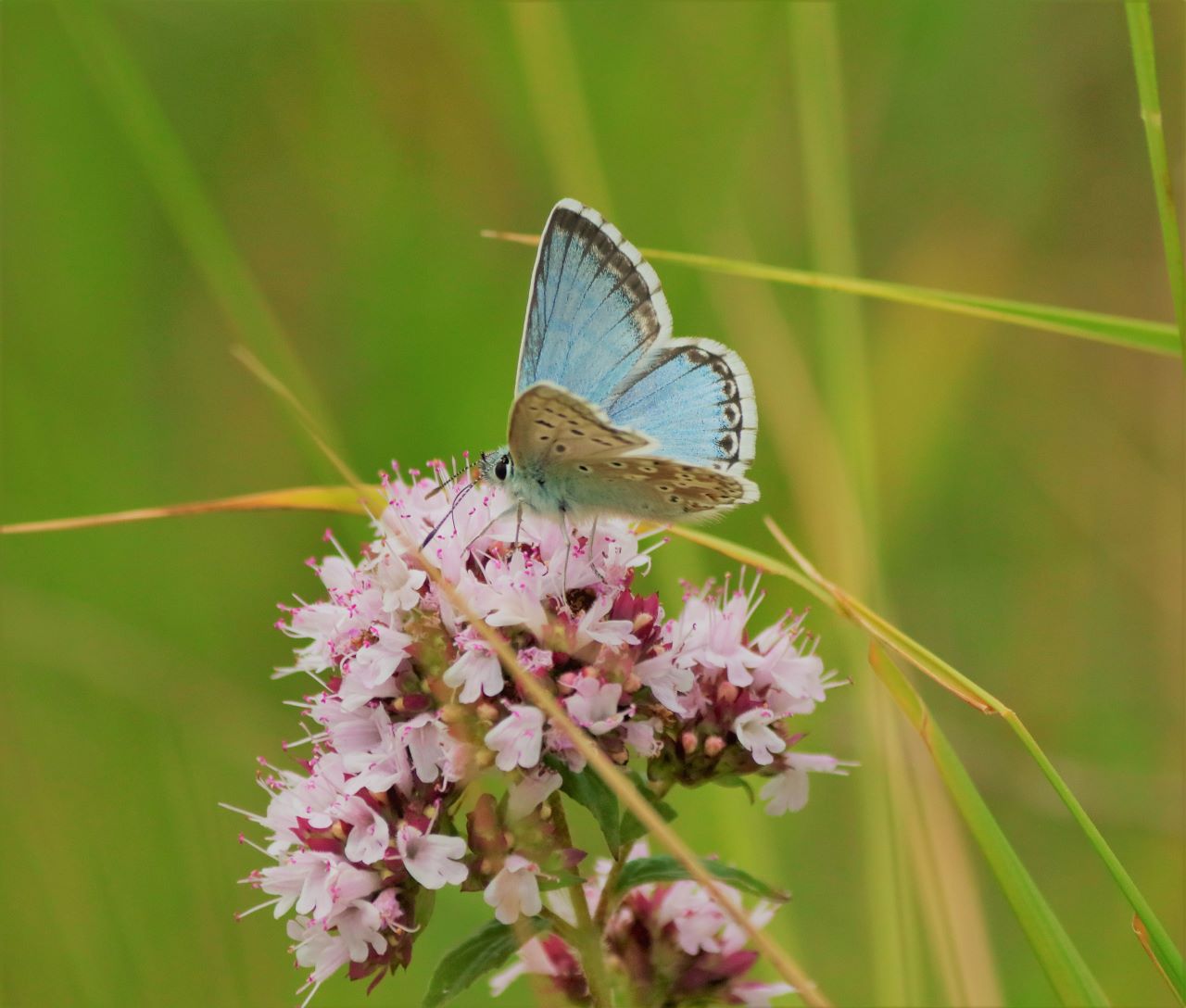
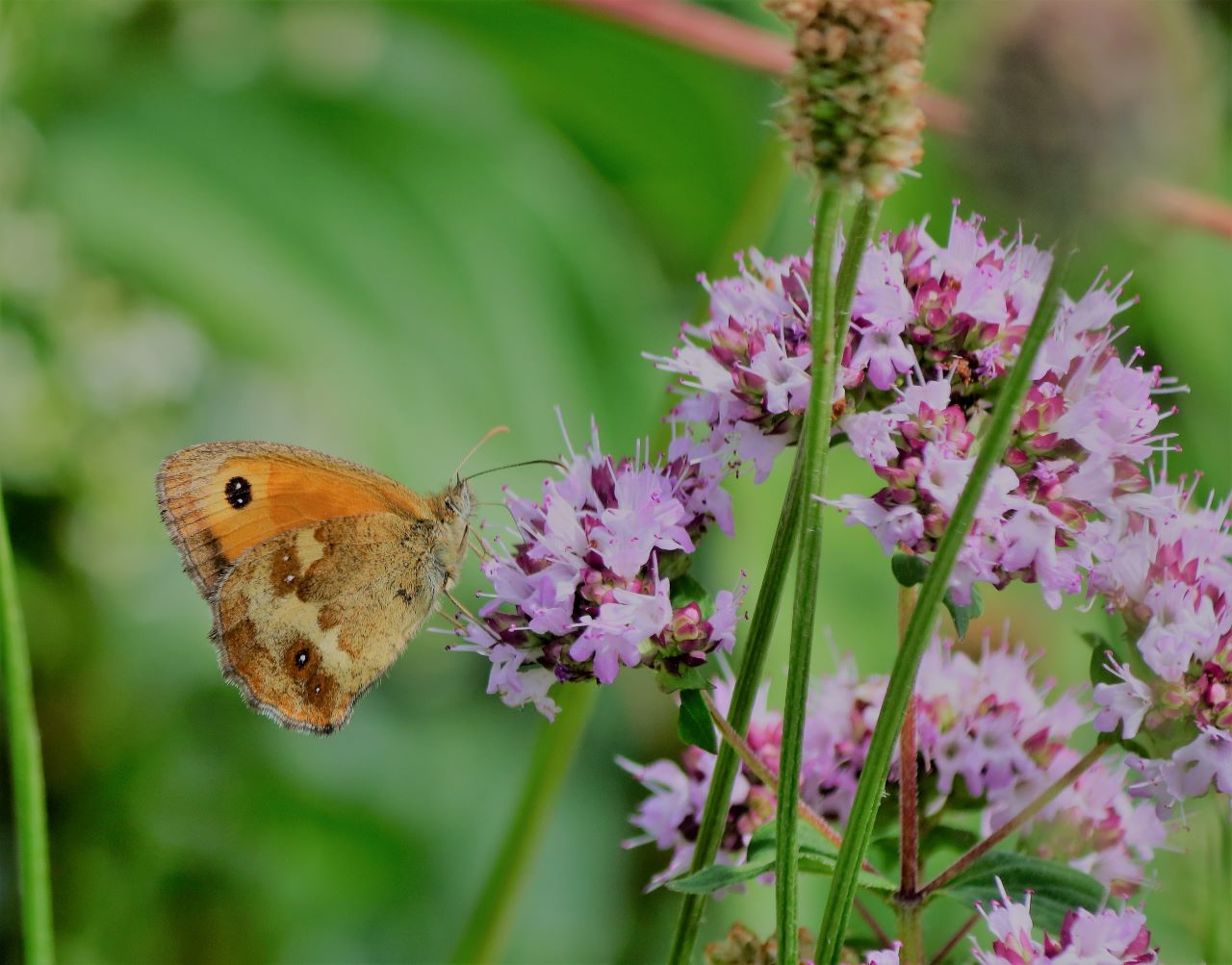
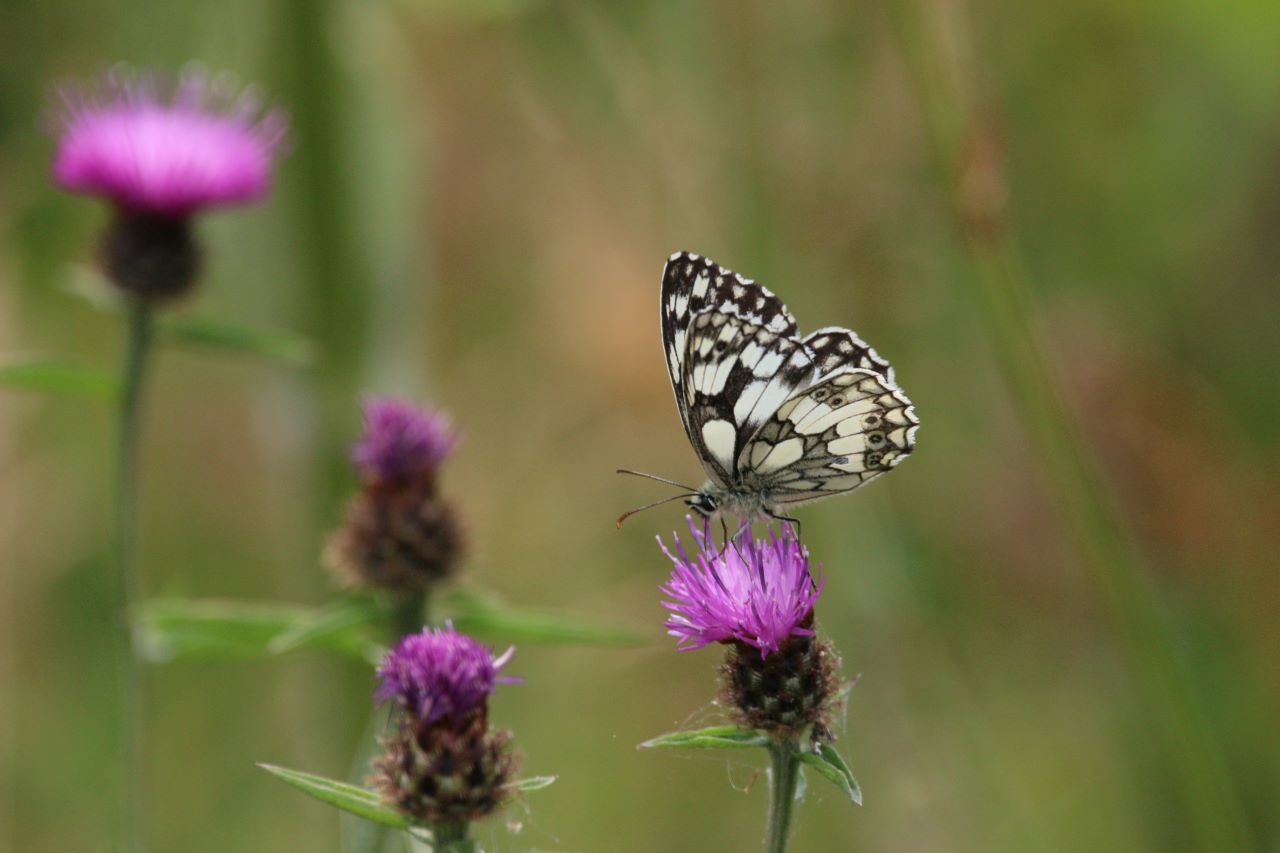
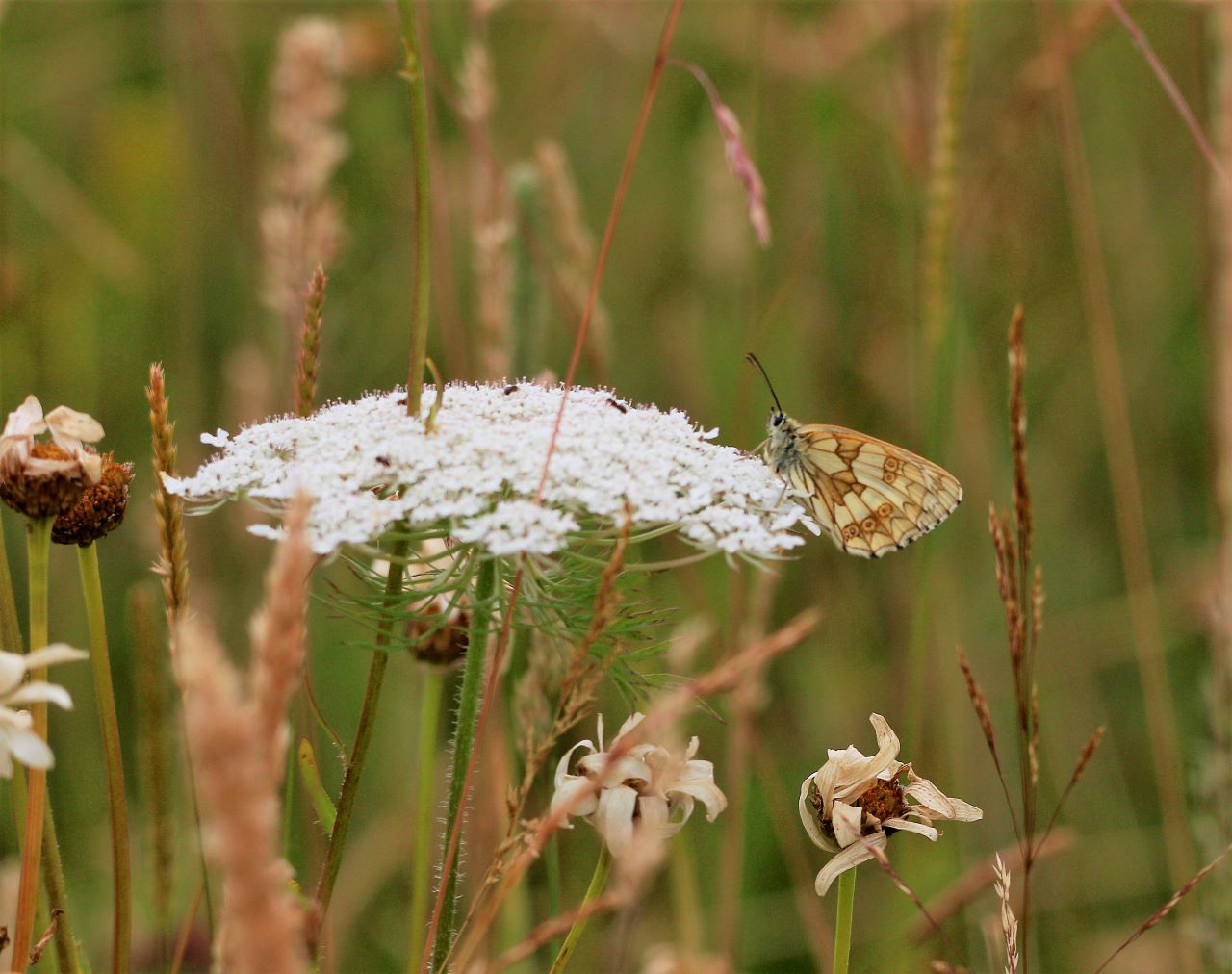
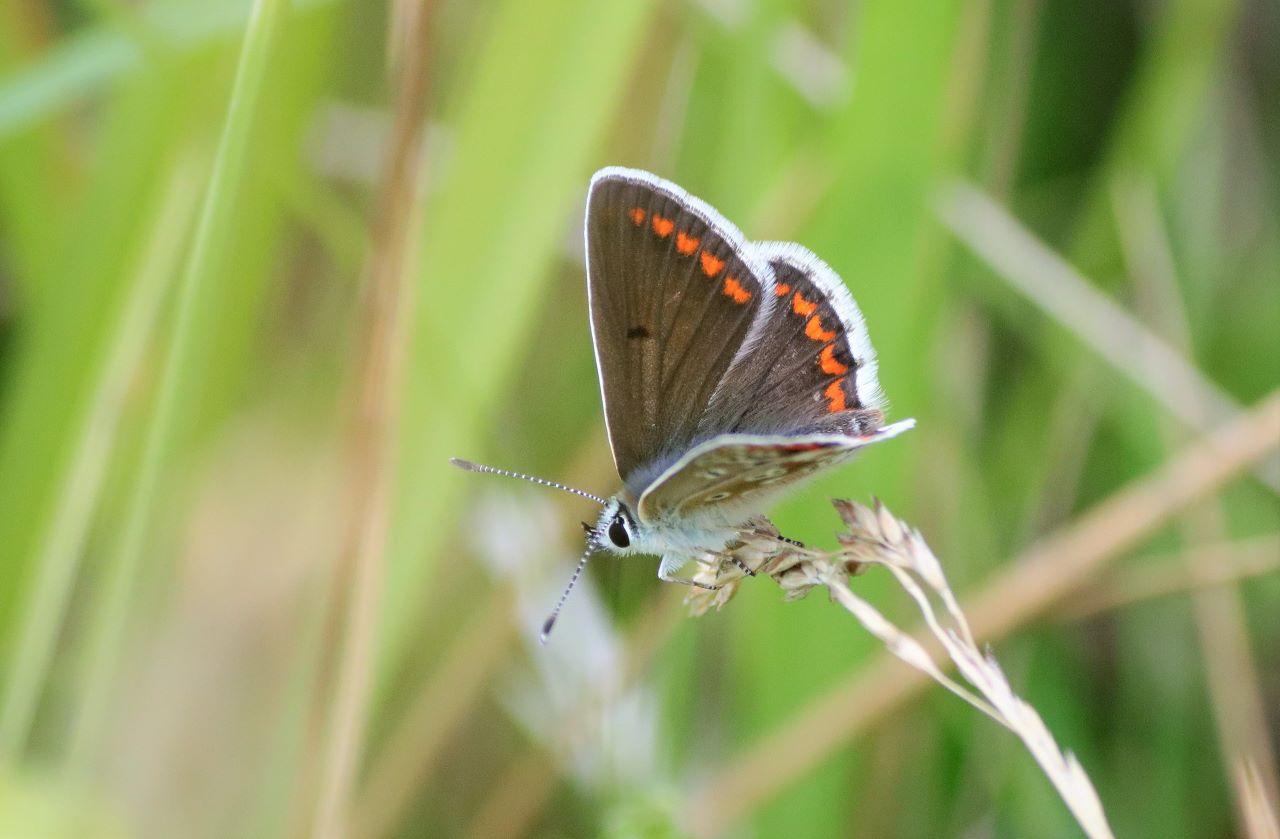


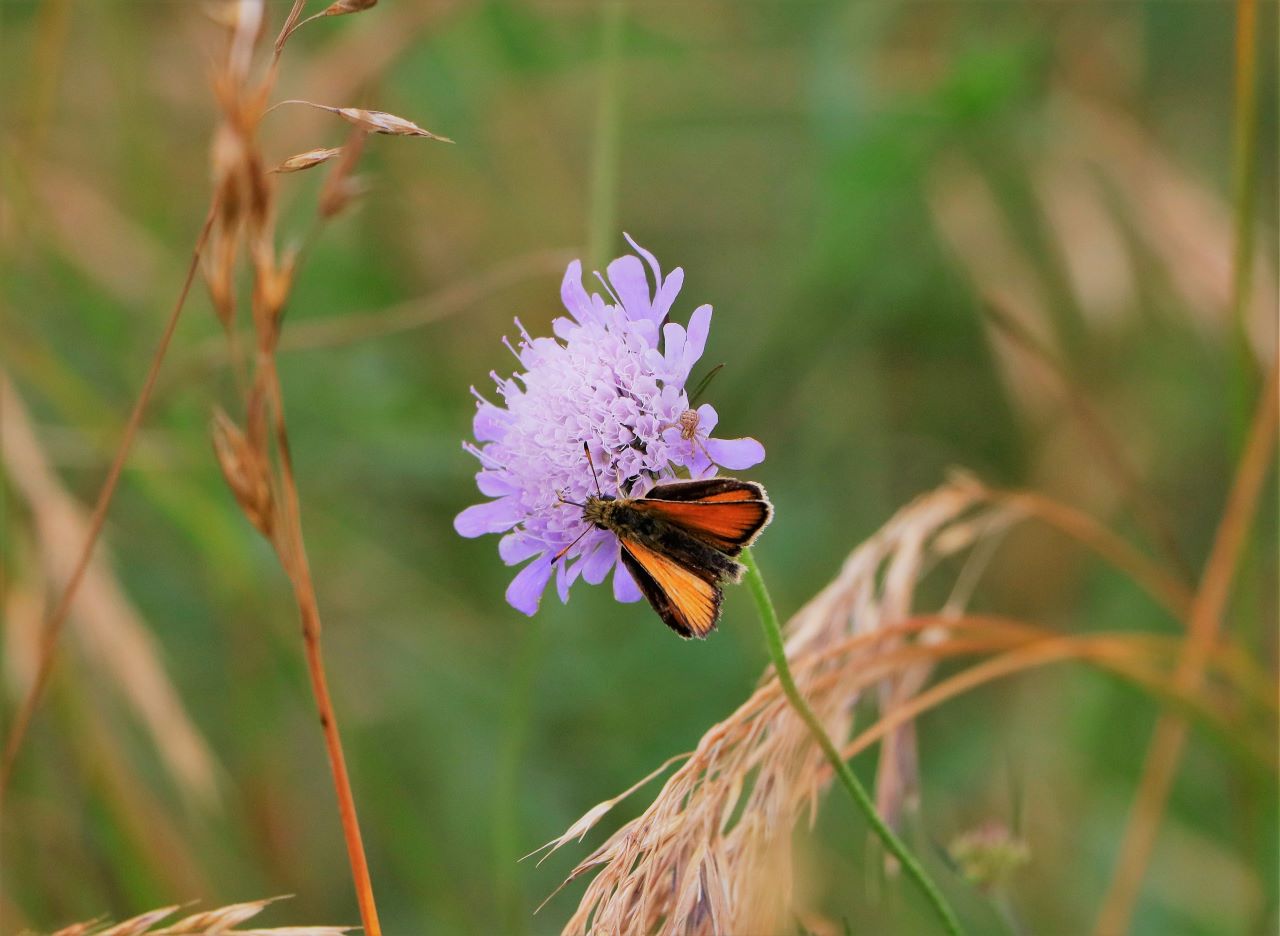
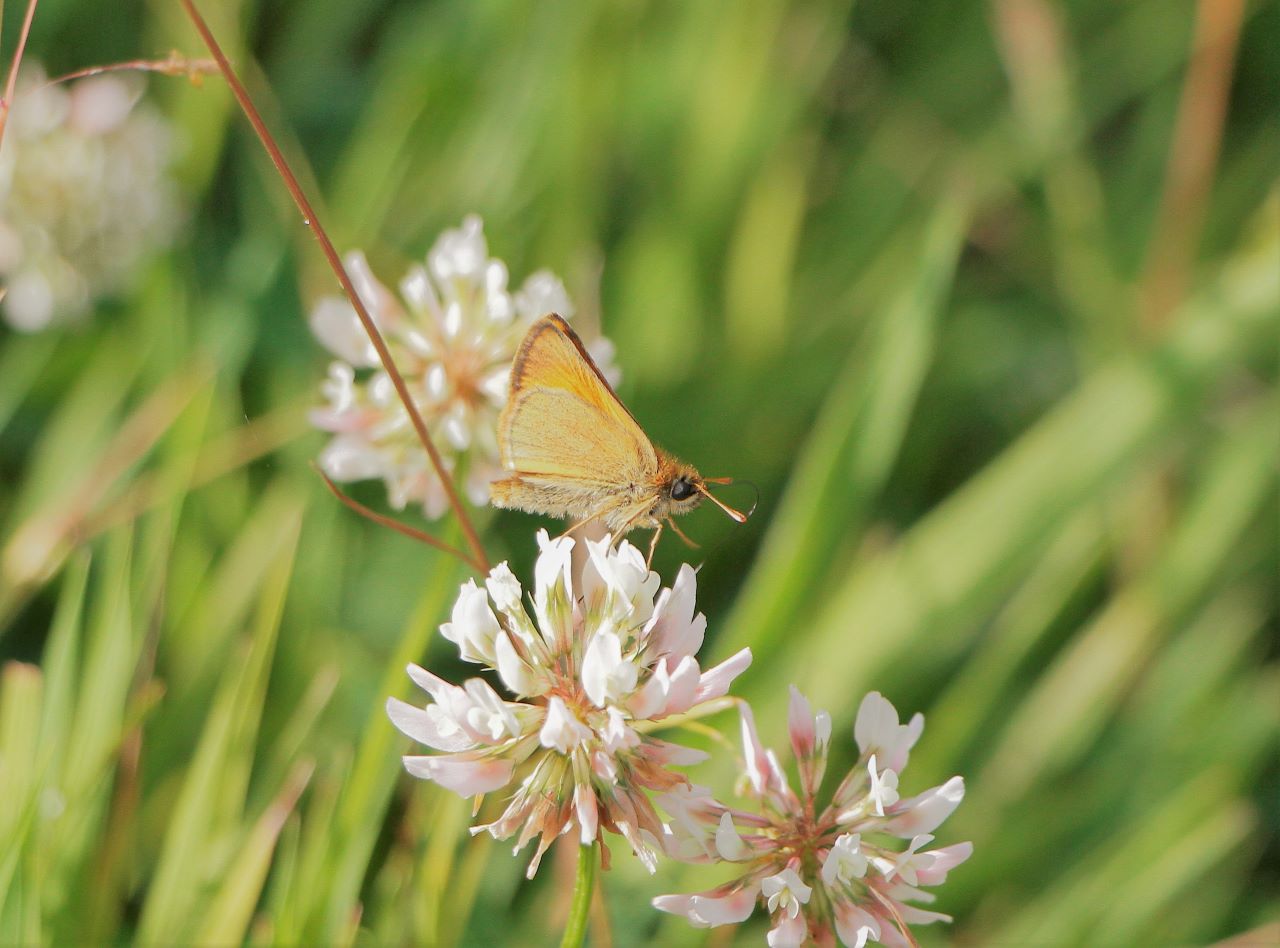

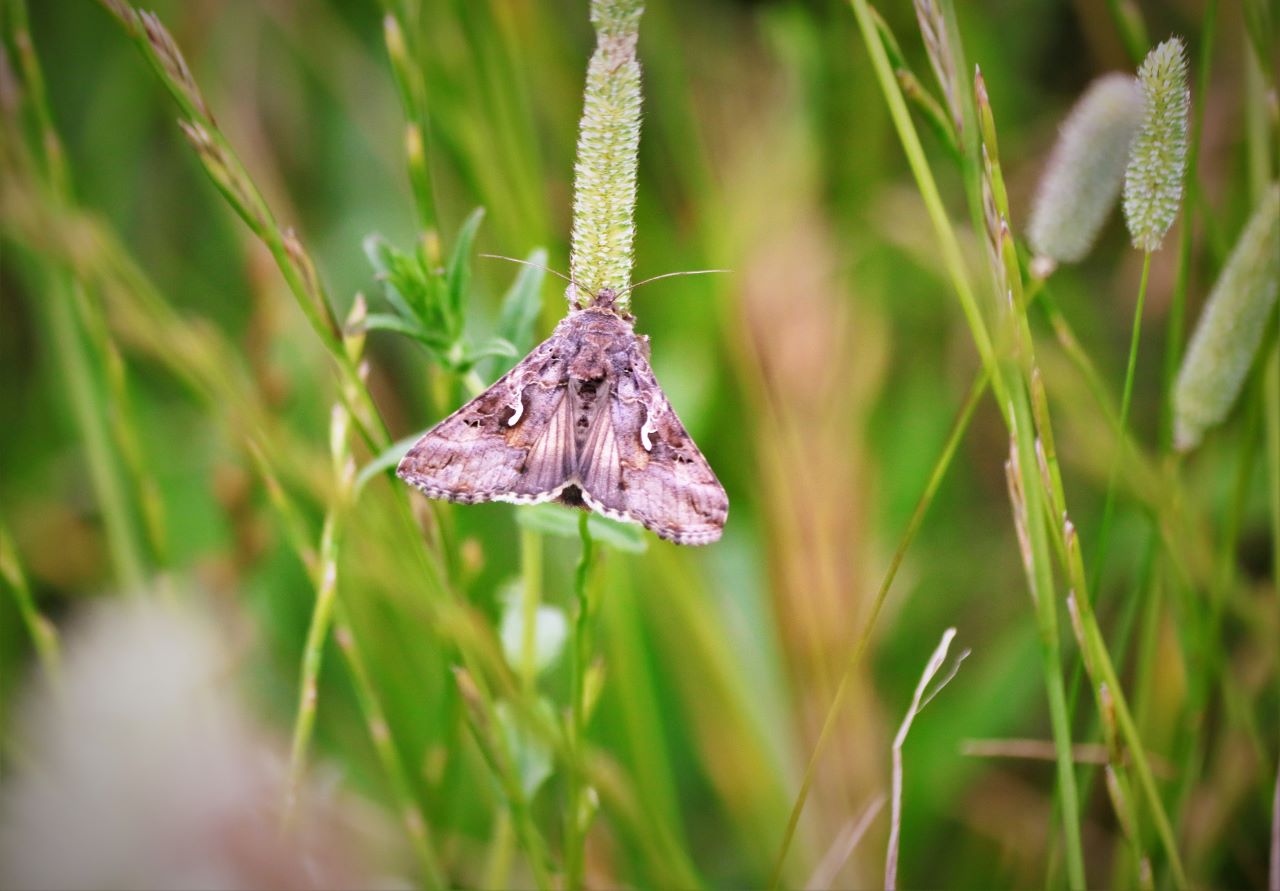
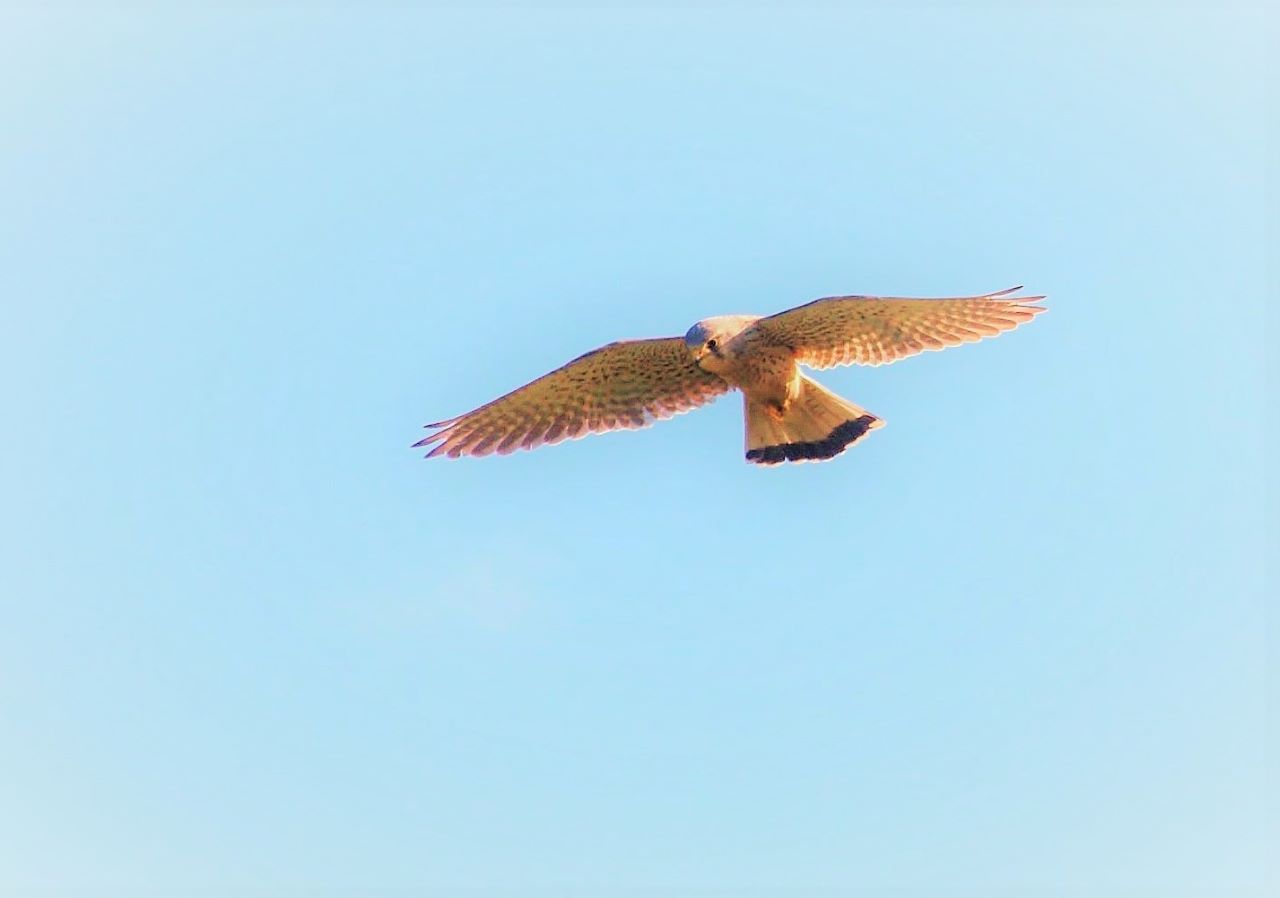
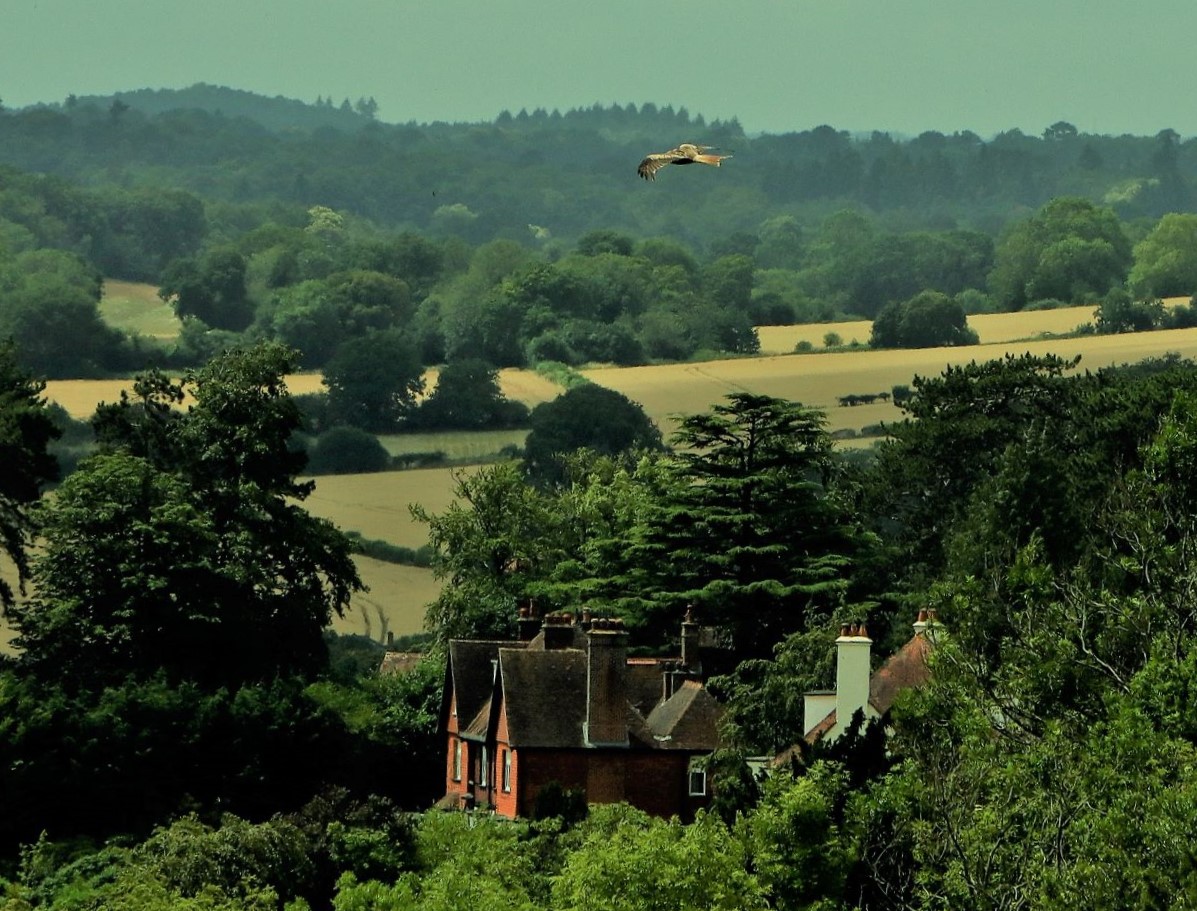
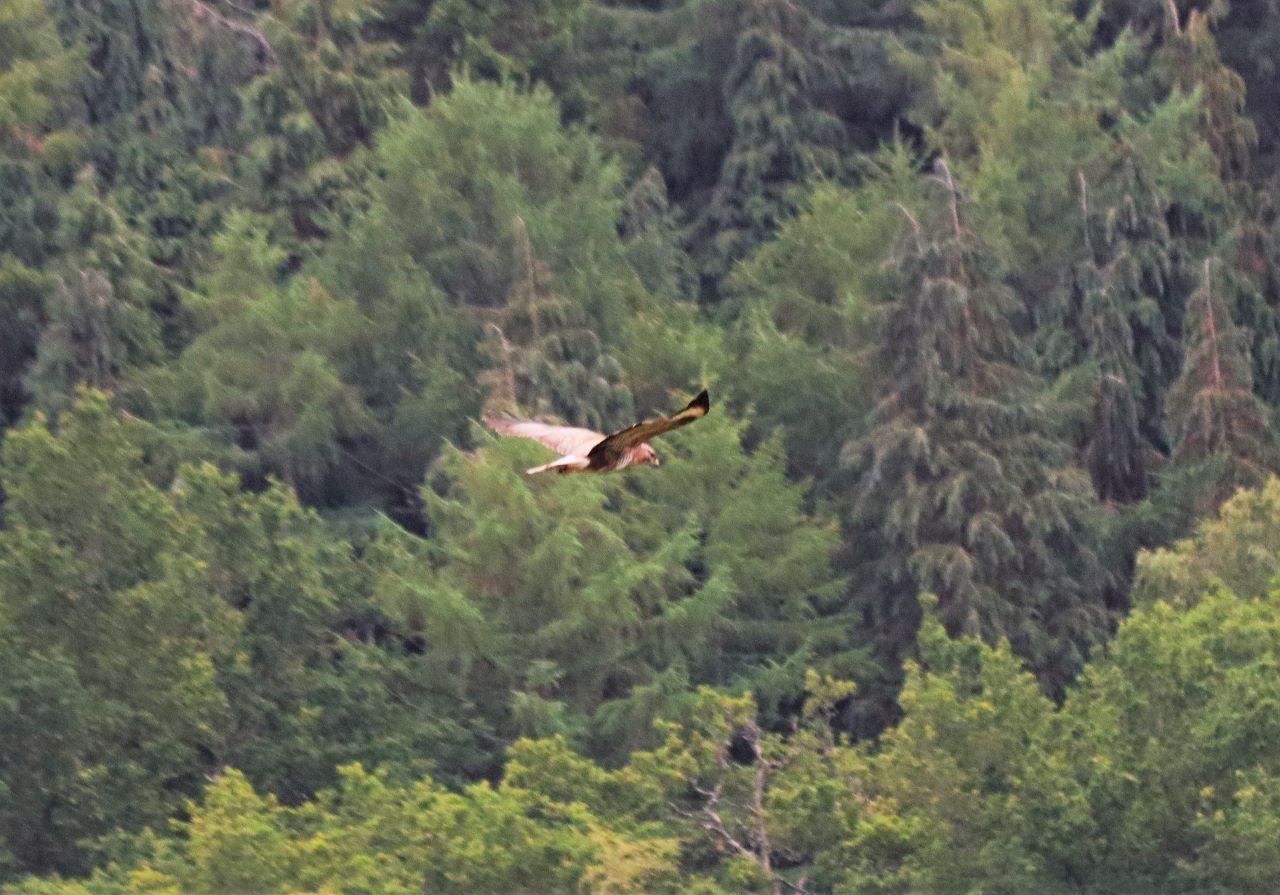
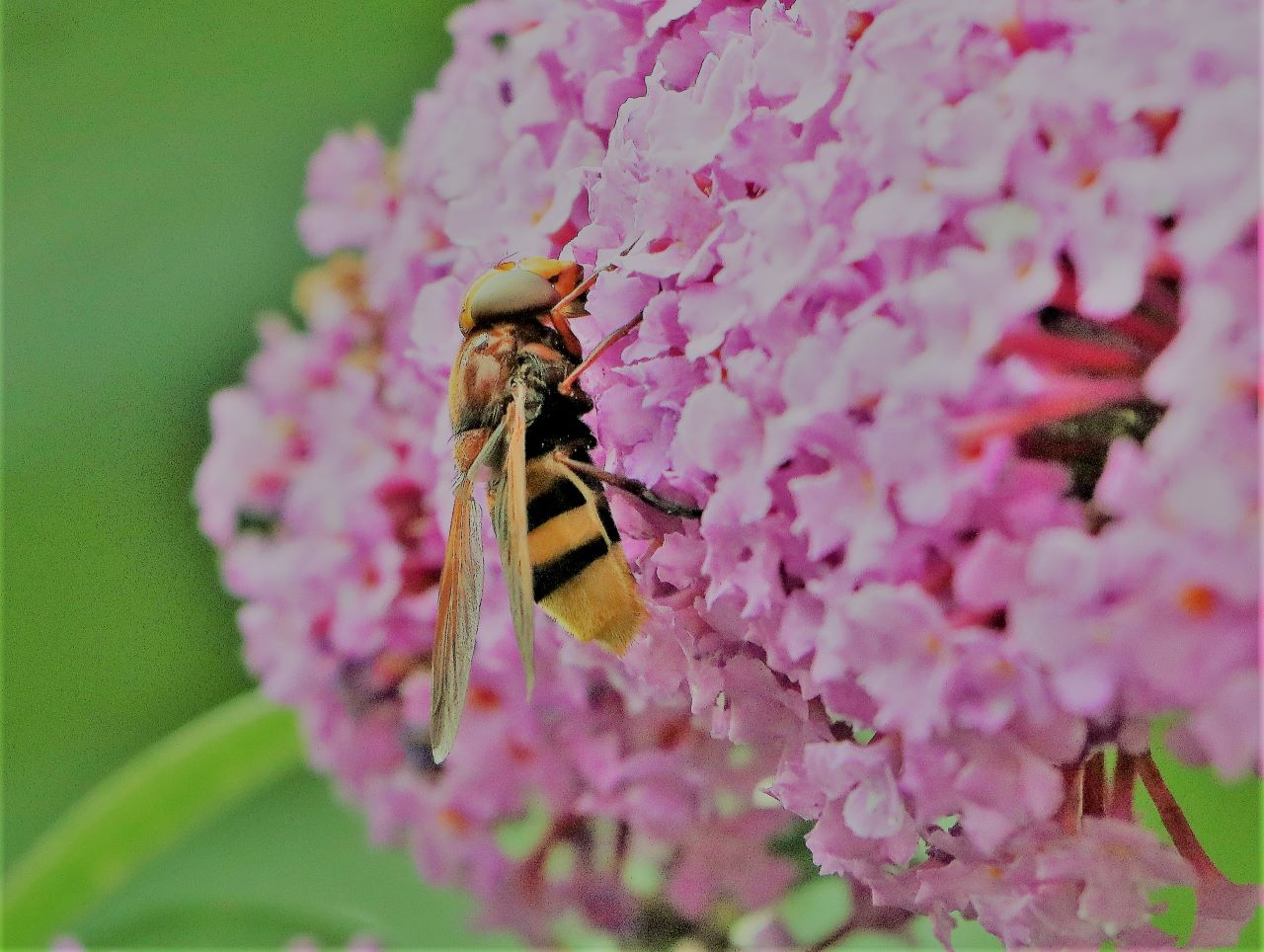
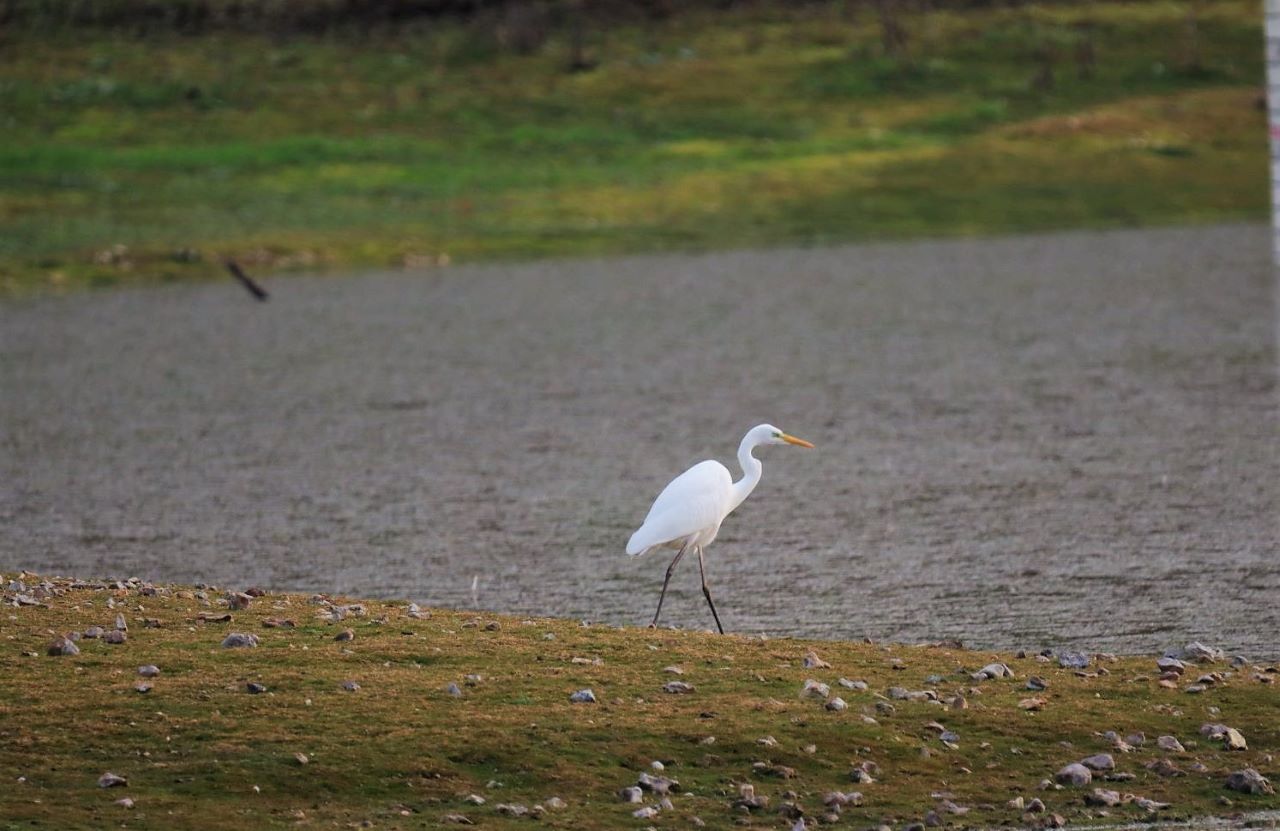
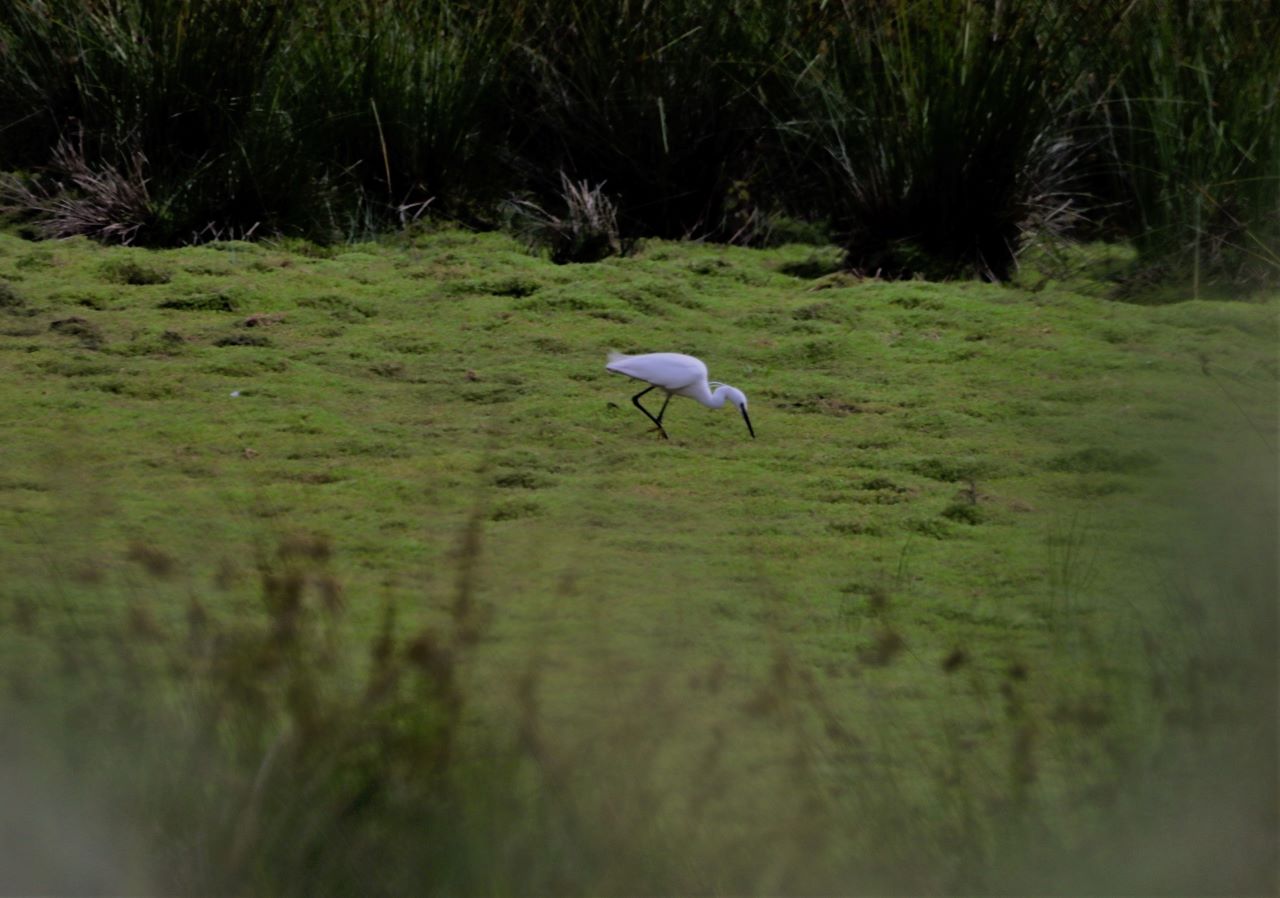
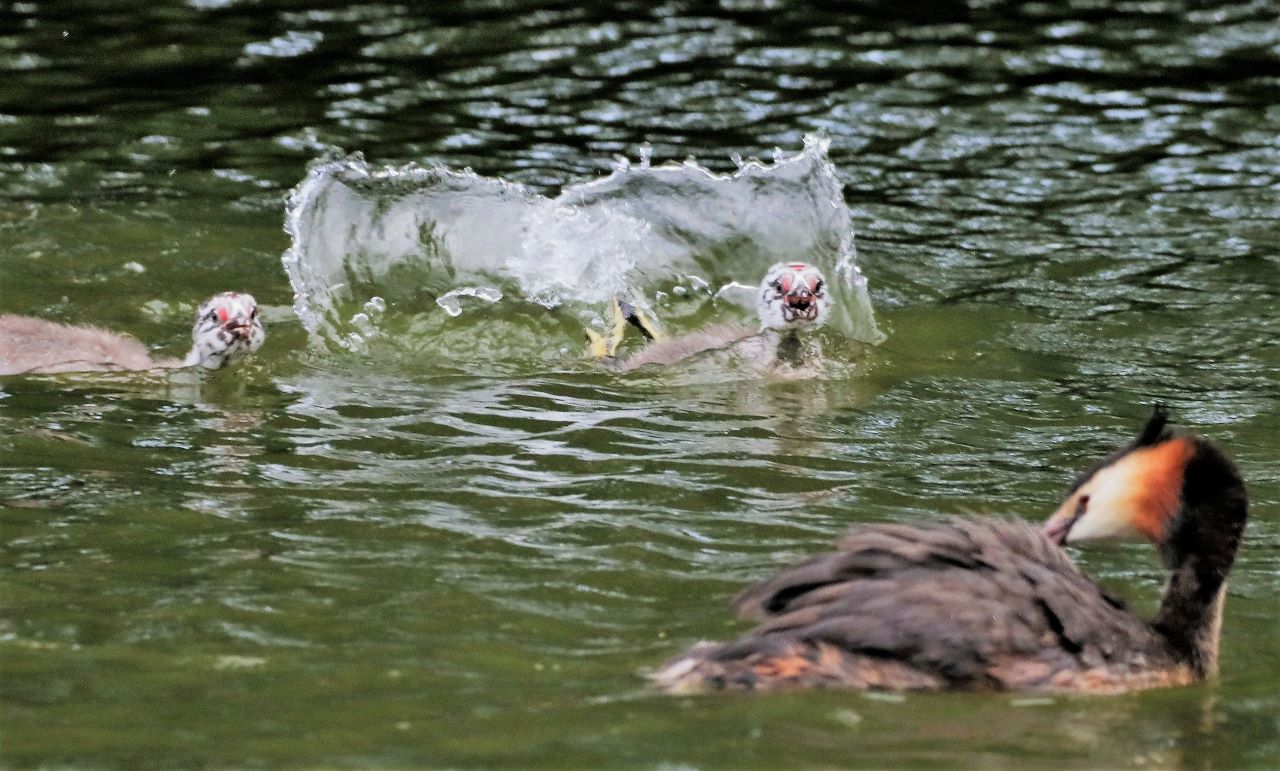
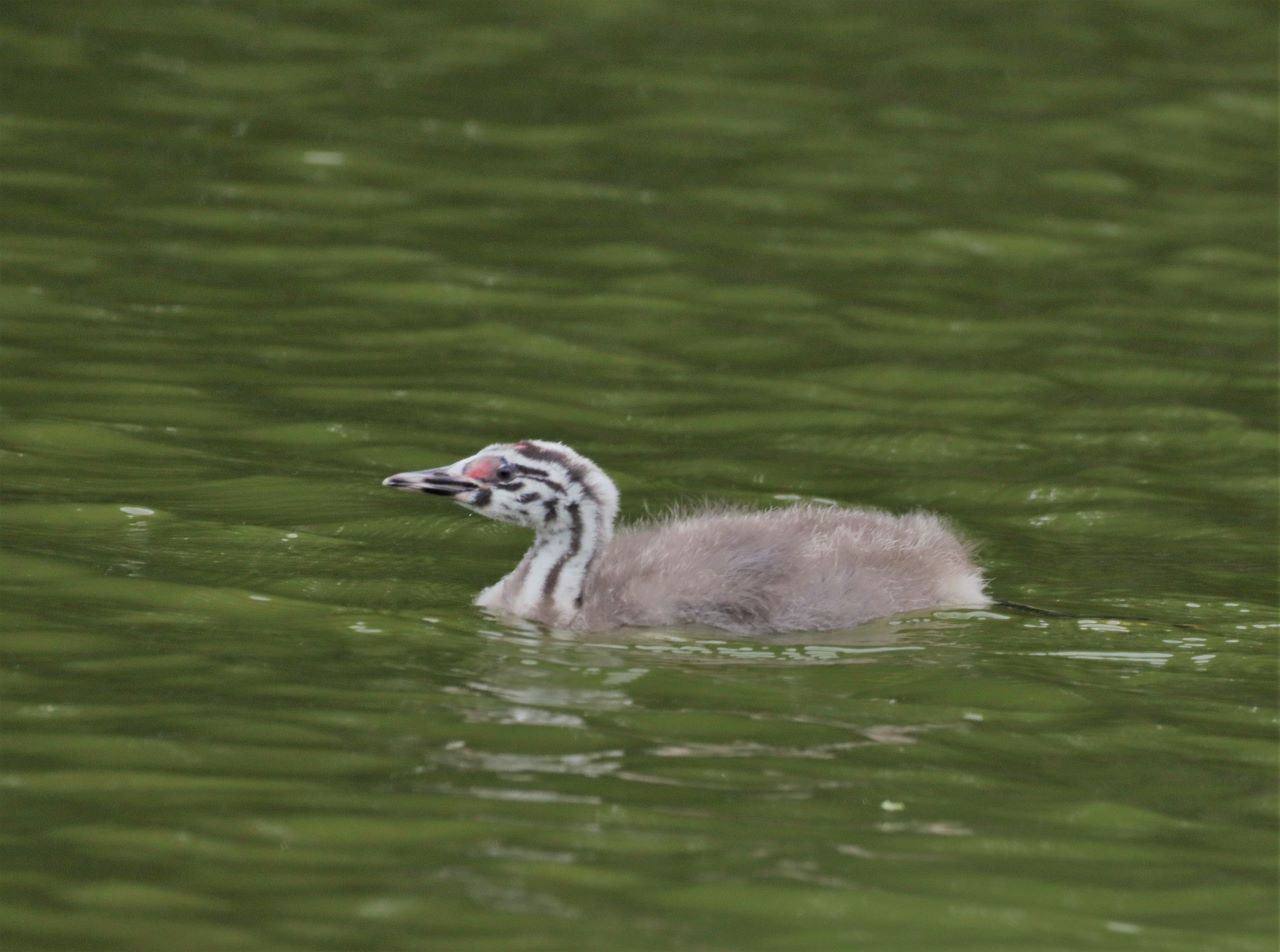
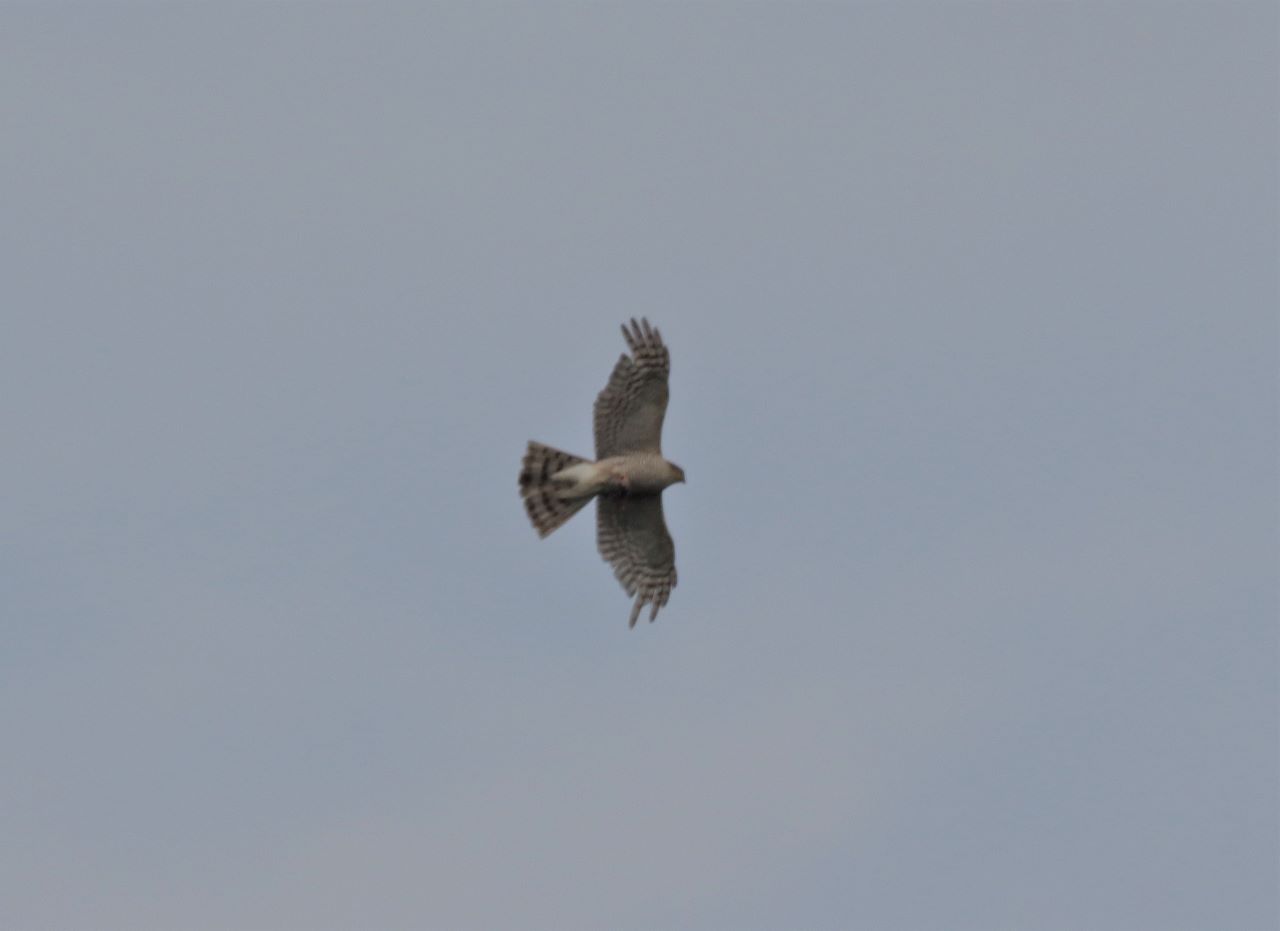
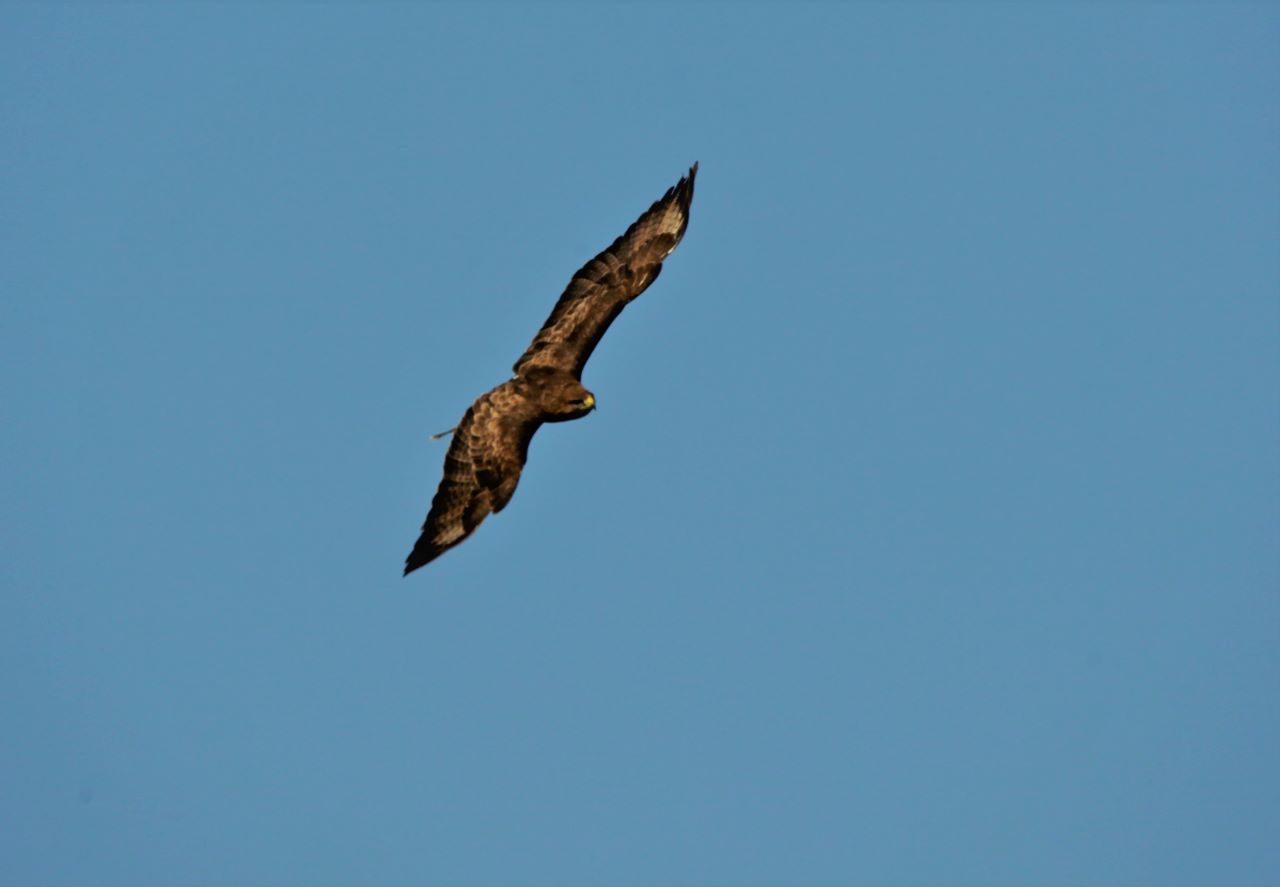






Hans Weijman
July 15, 2023 at 4:03 pm
What a joy to read and see all these wonderful photos.
It encourages me to look more closely at these beautiful creatures.
Many thanks.
Malcolm Fincham
July 28, 2023 at 12:20 am
I would just like to take a moment to thank Hans Weijman and all those that have made comments during previous months.
My intent in writing these reports has always been to encourage all that read these articles to be inspired to look more closely for such beautiful creatures that can be found not far beyond our front and back doors.
It is always very inspiring to receive such complimentary feedback. Thank-you.